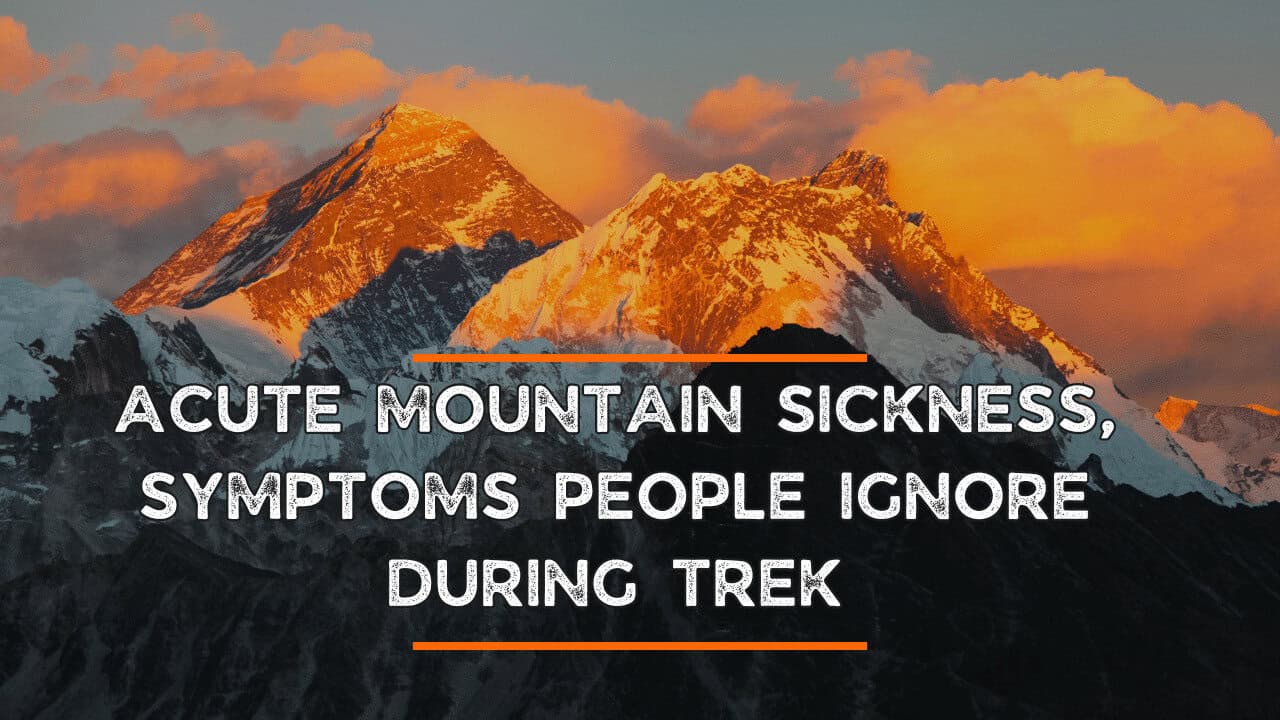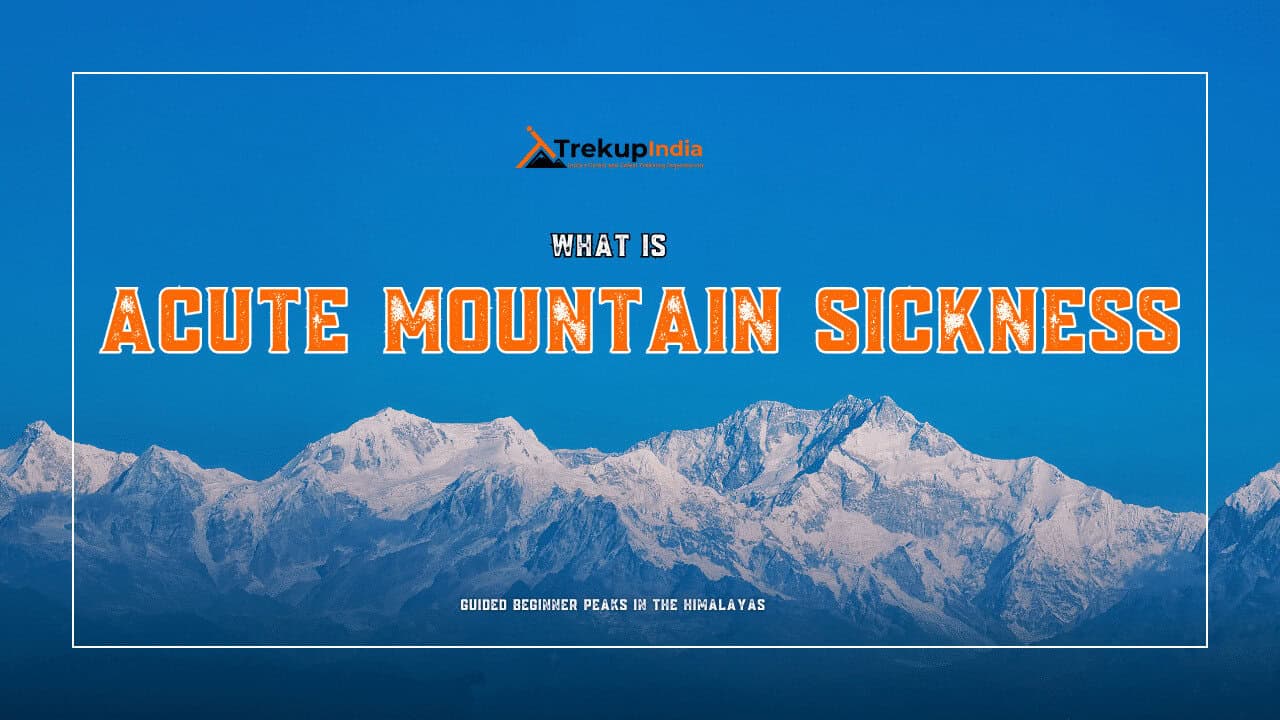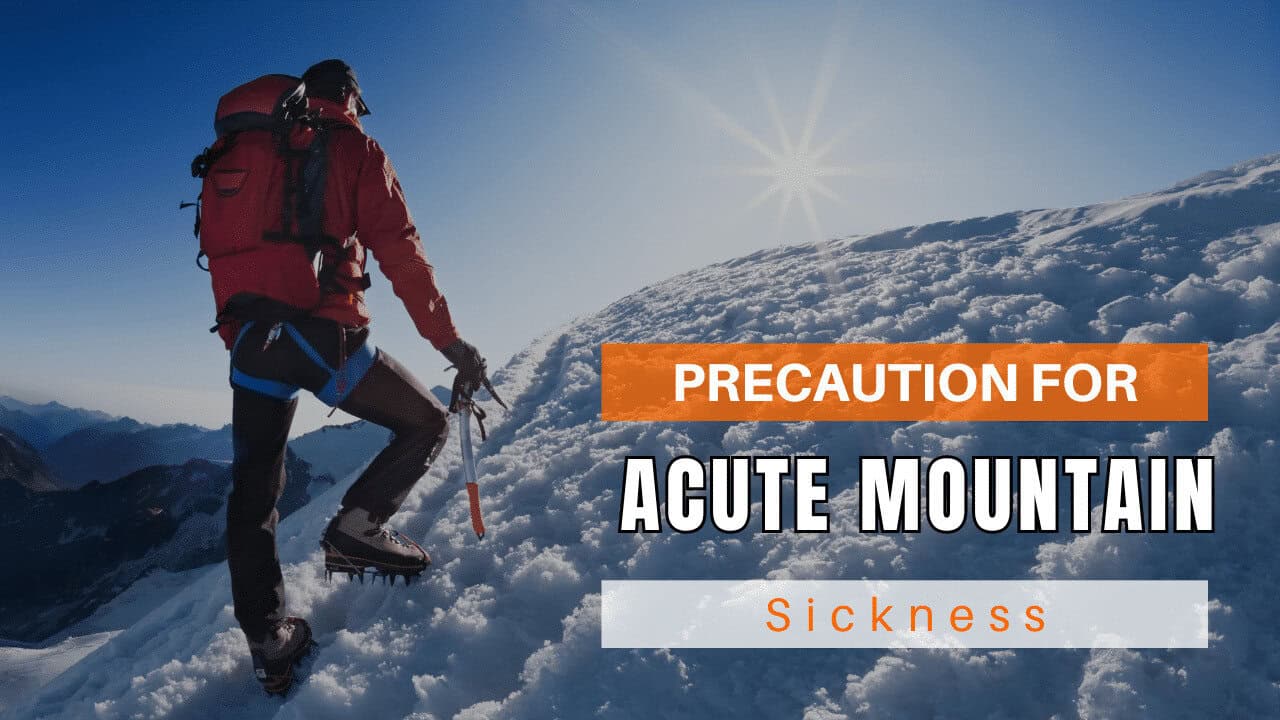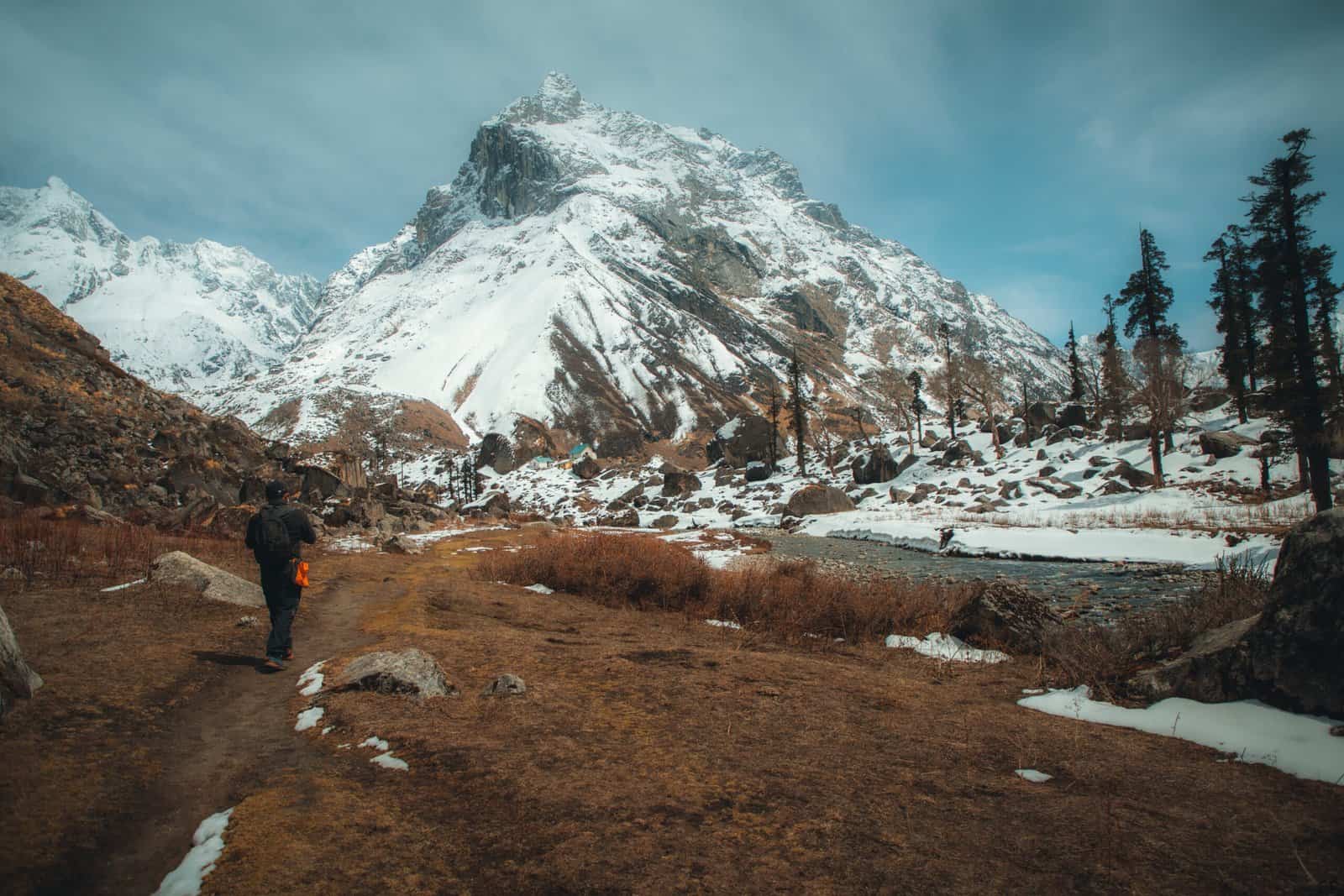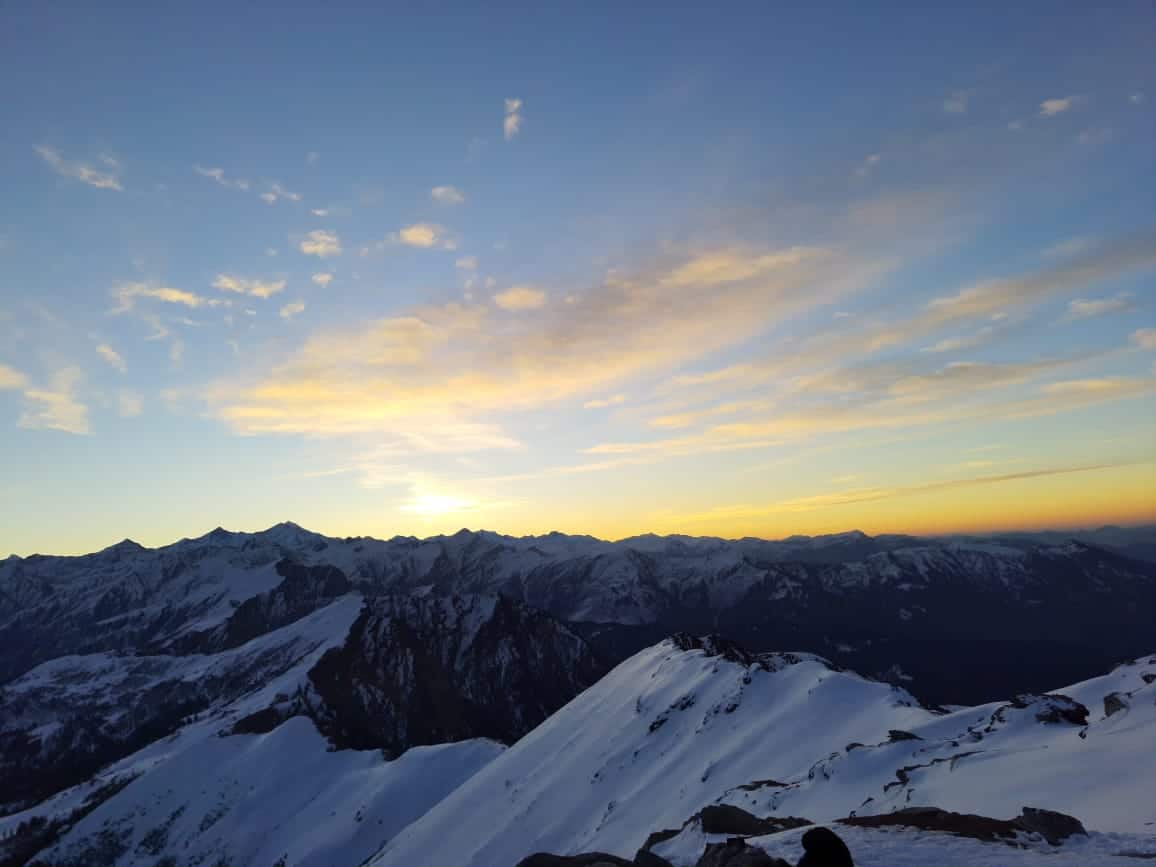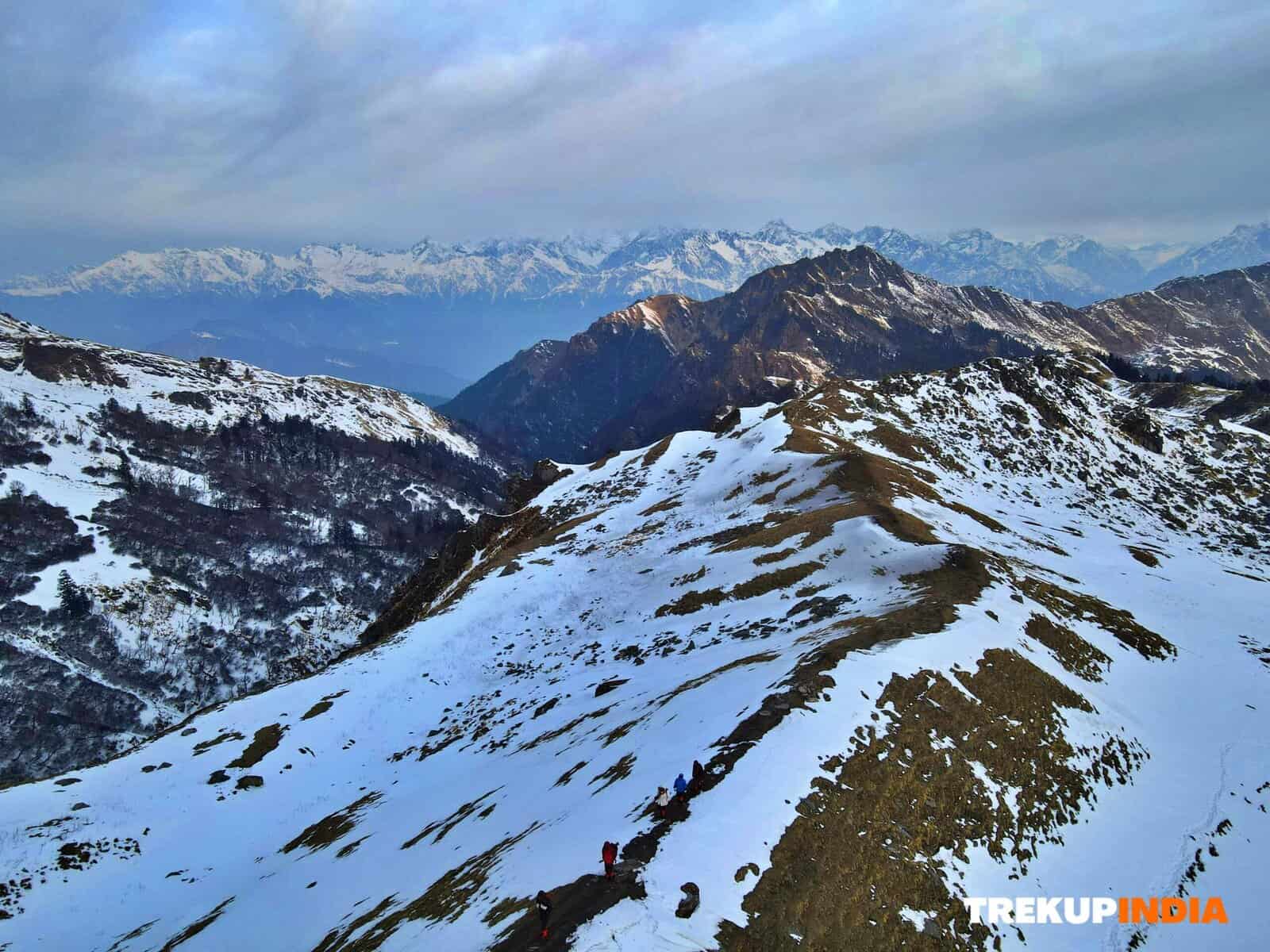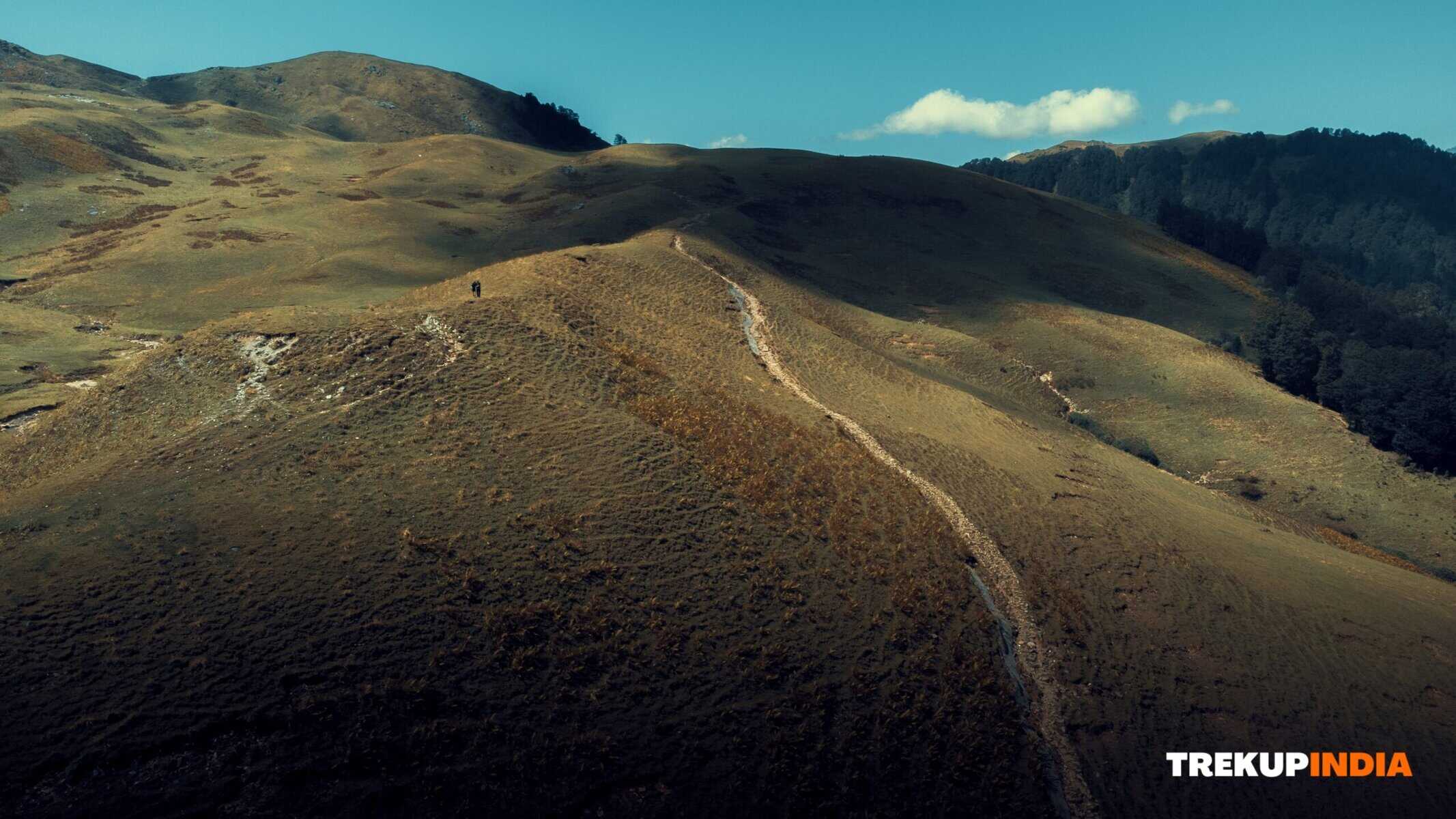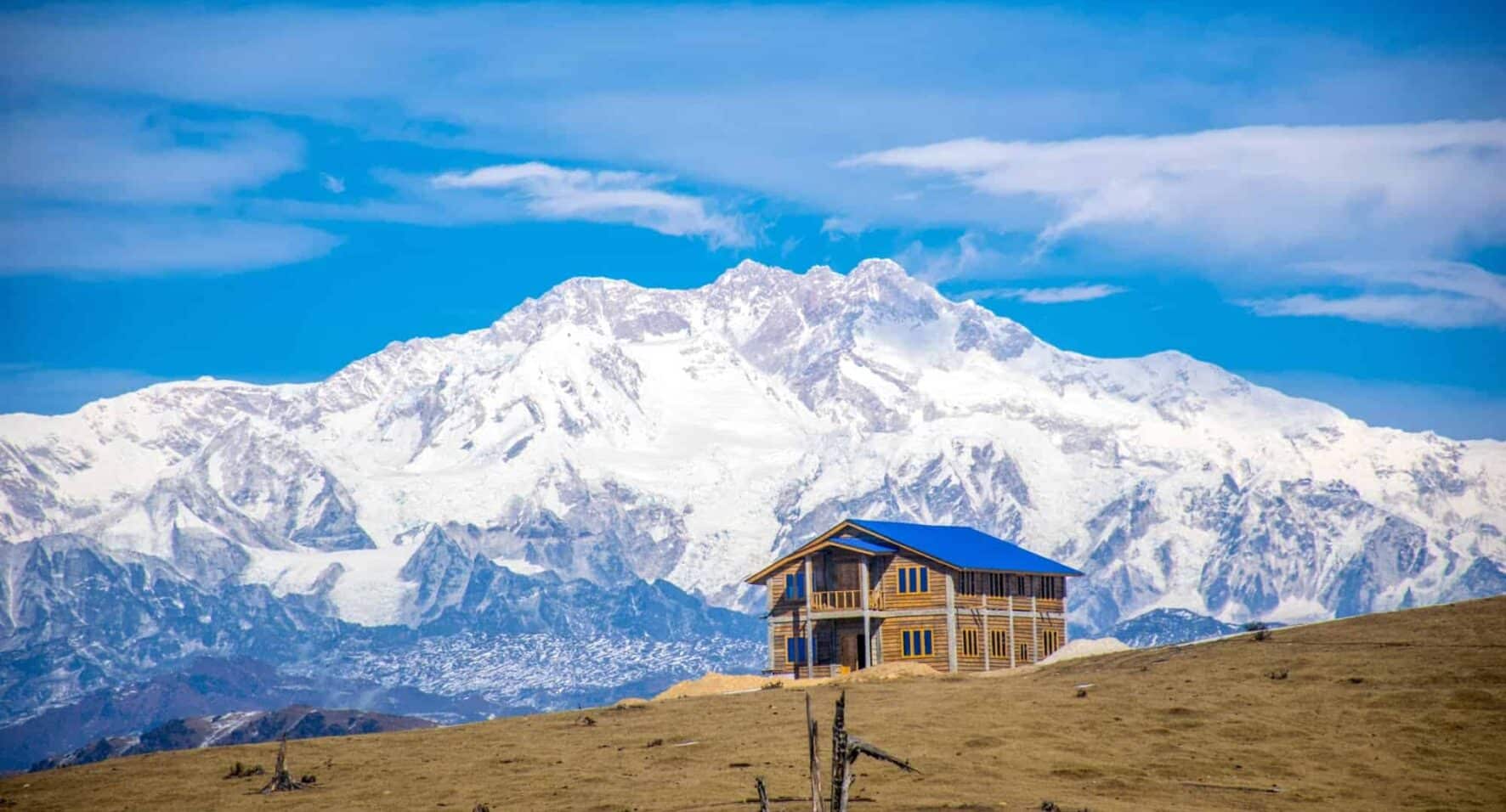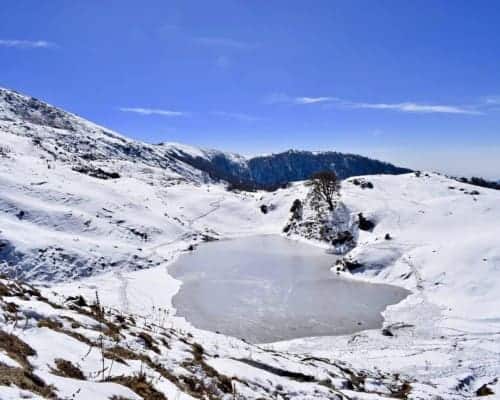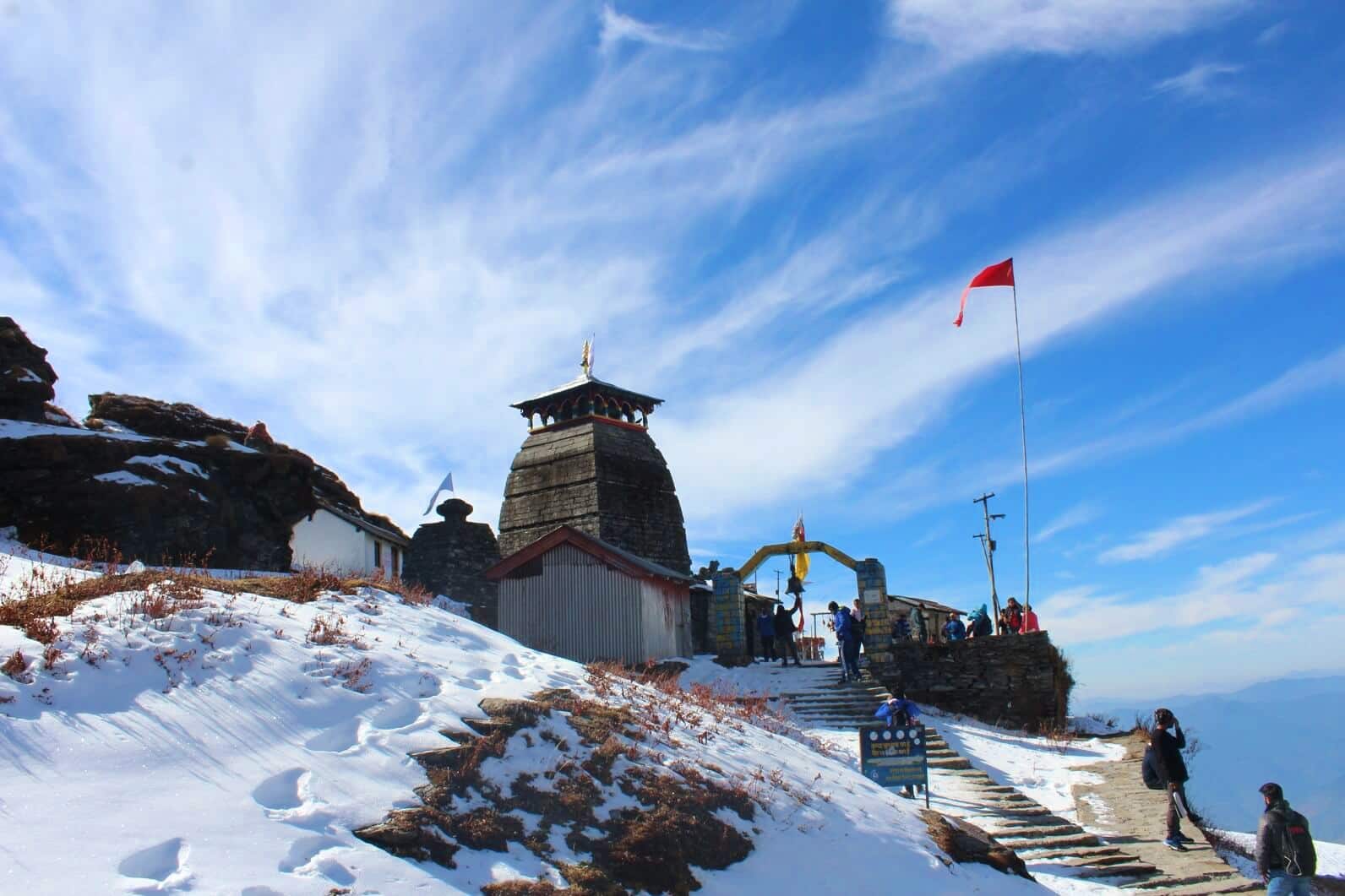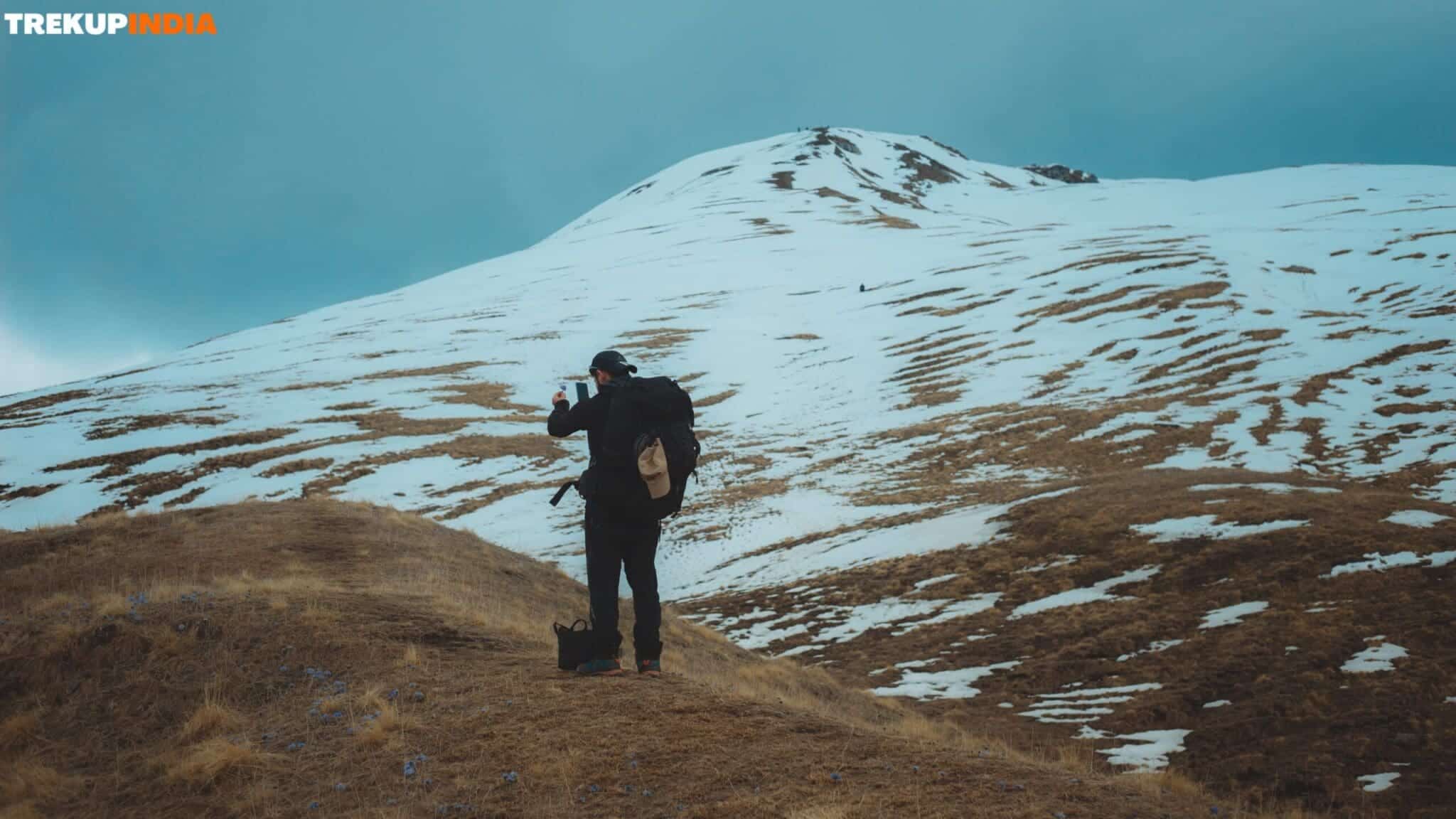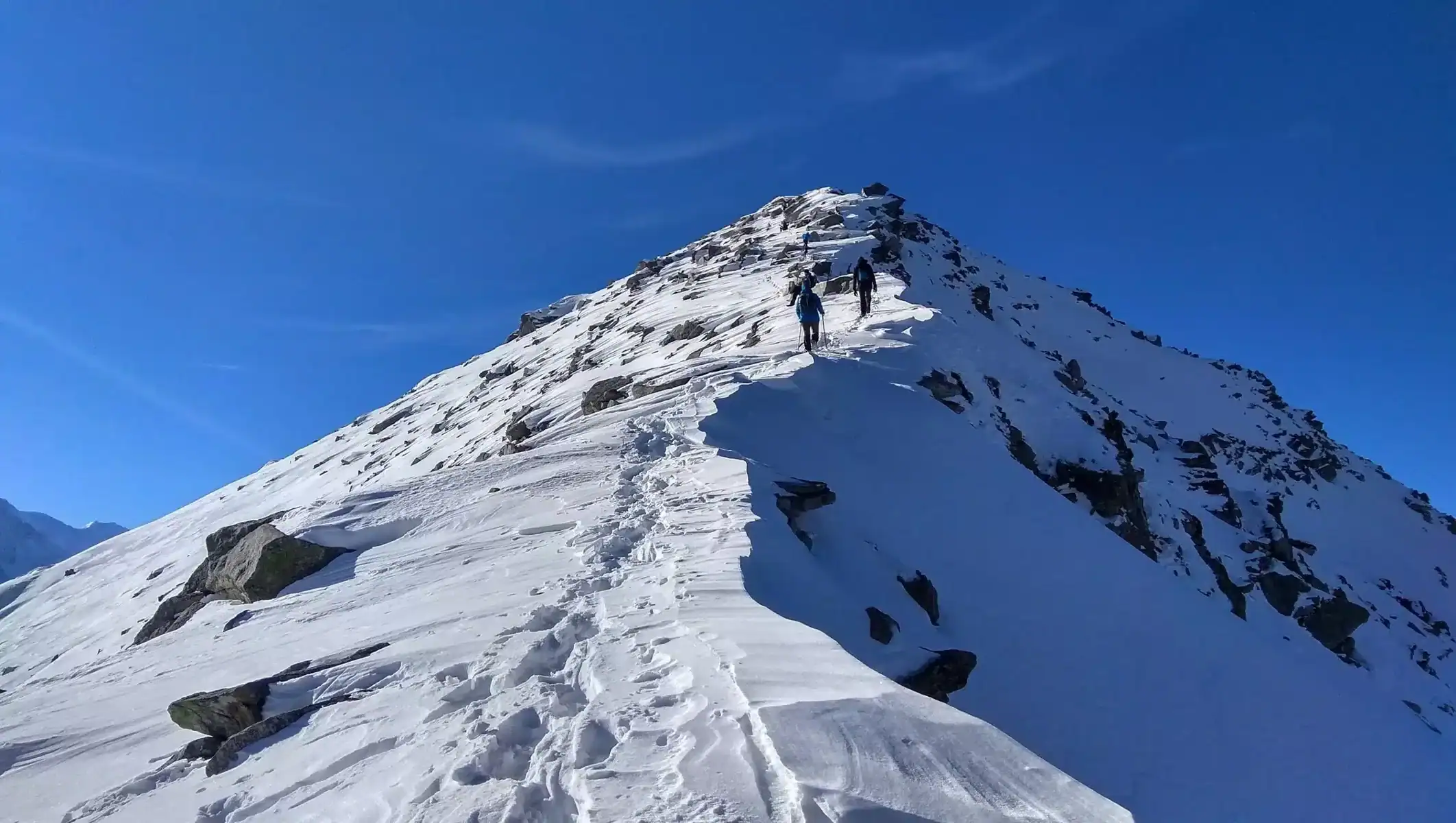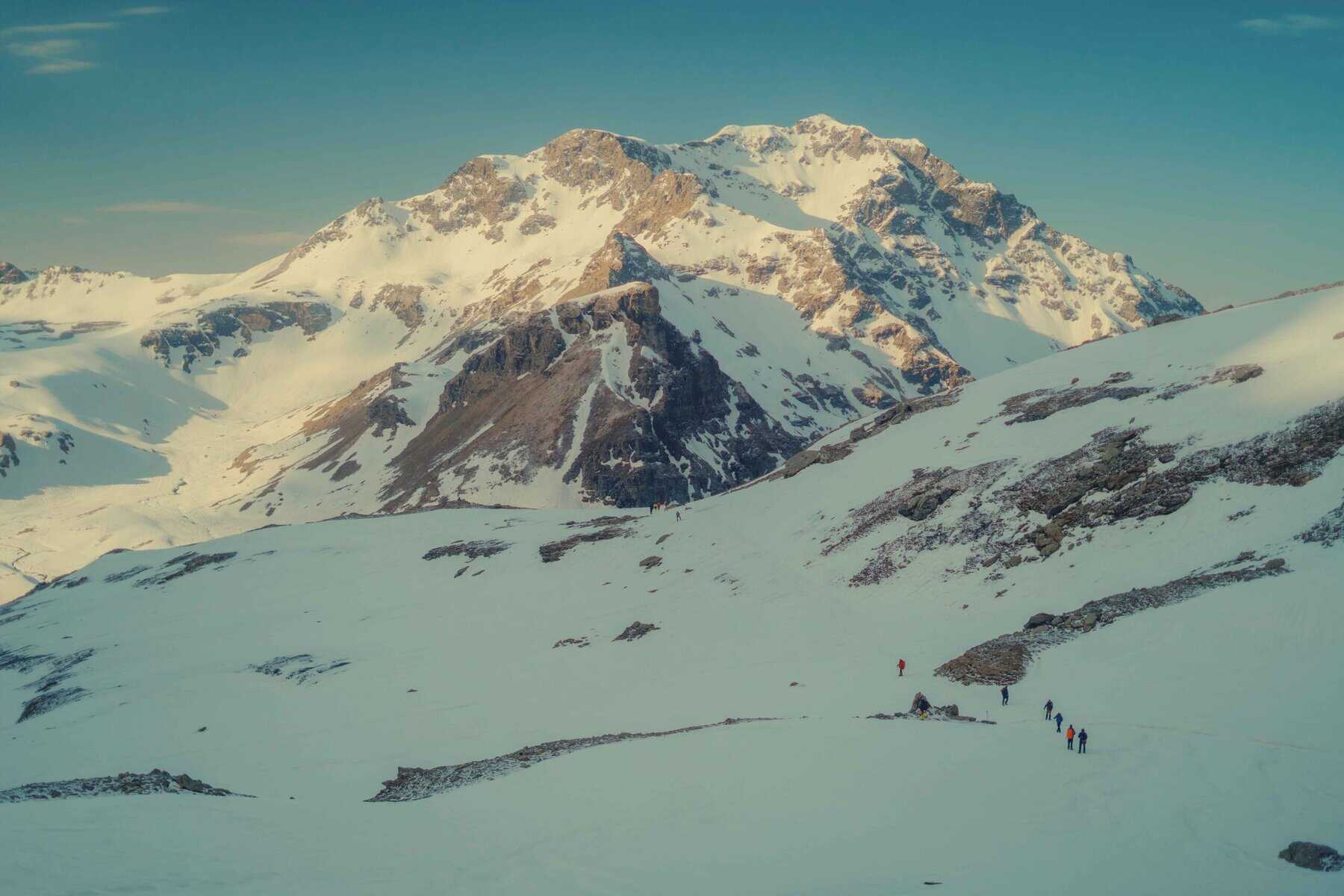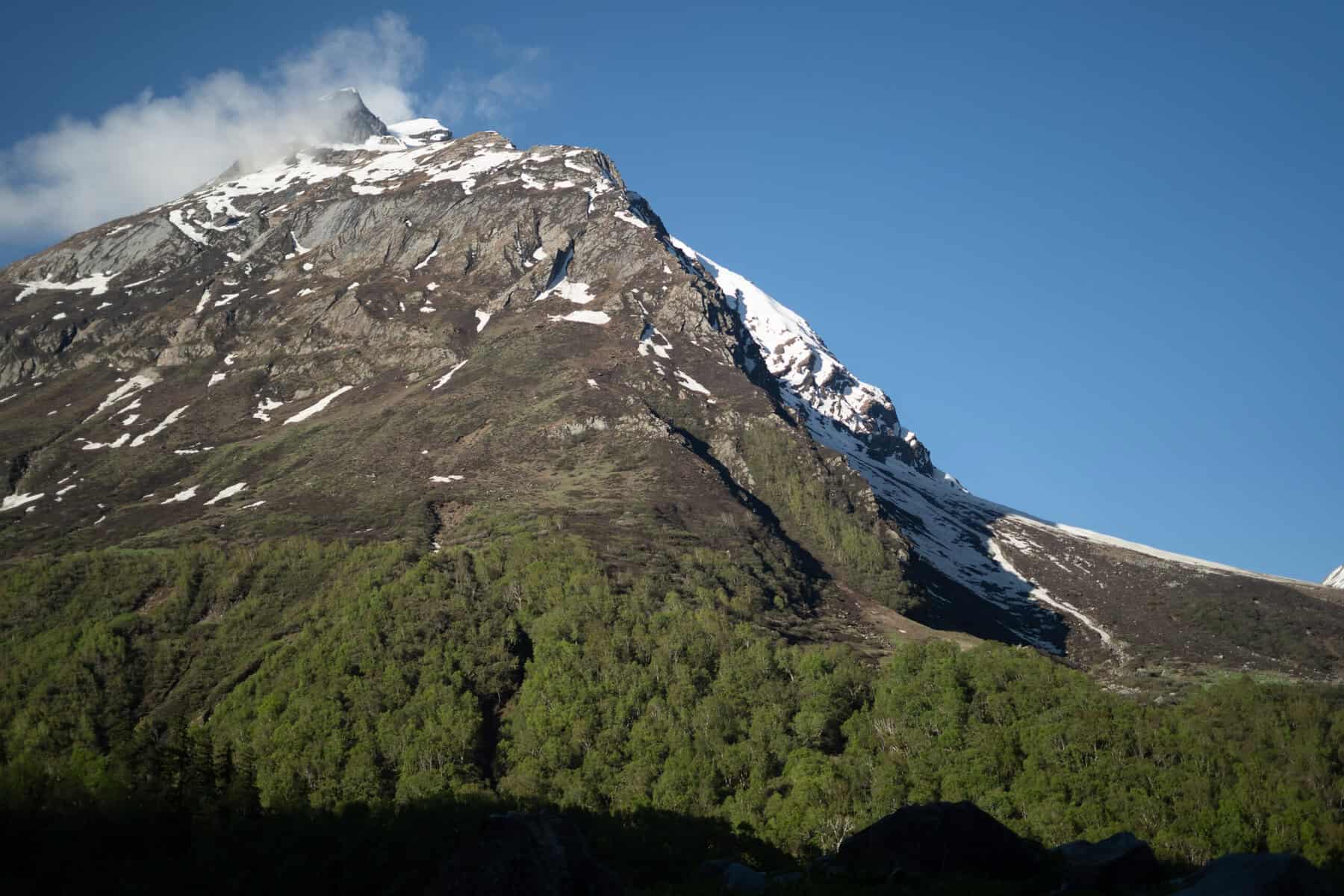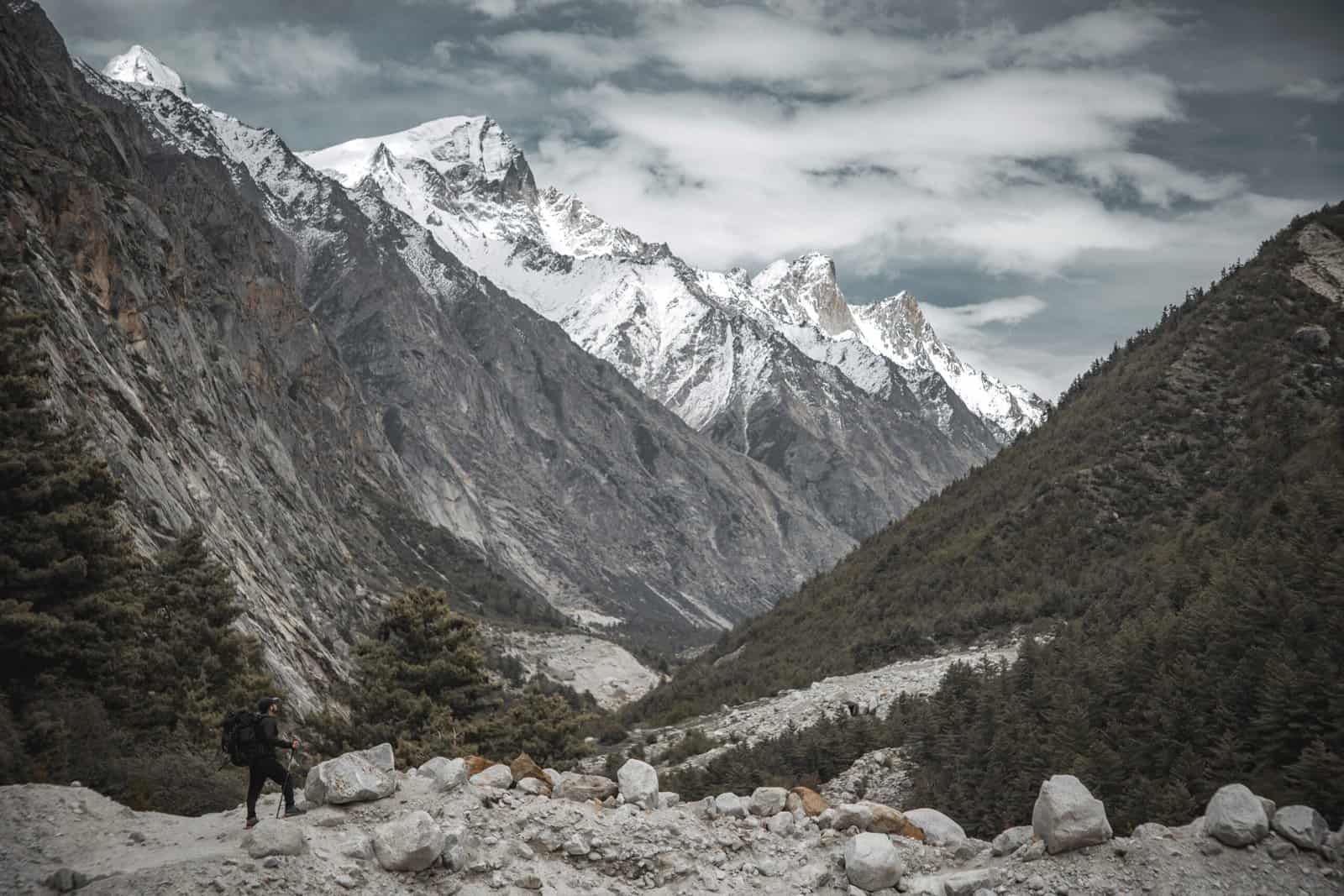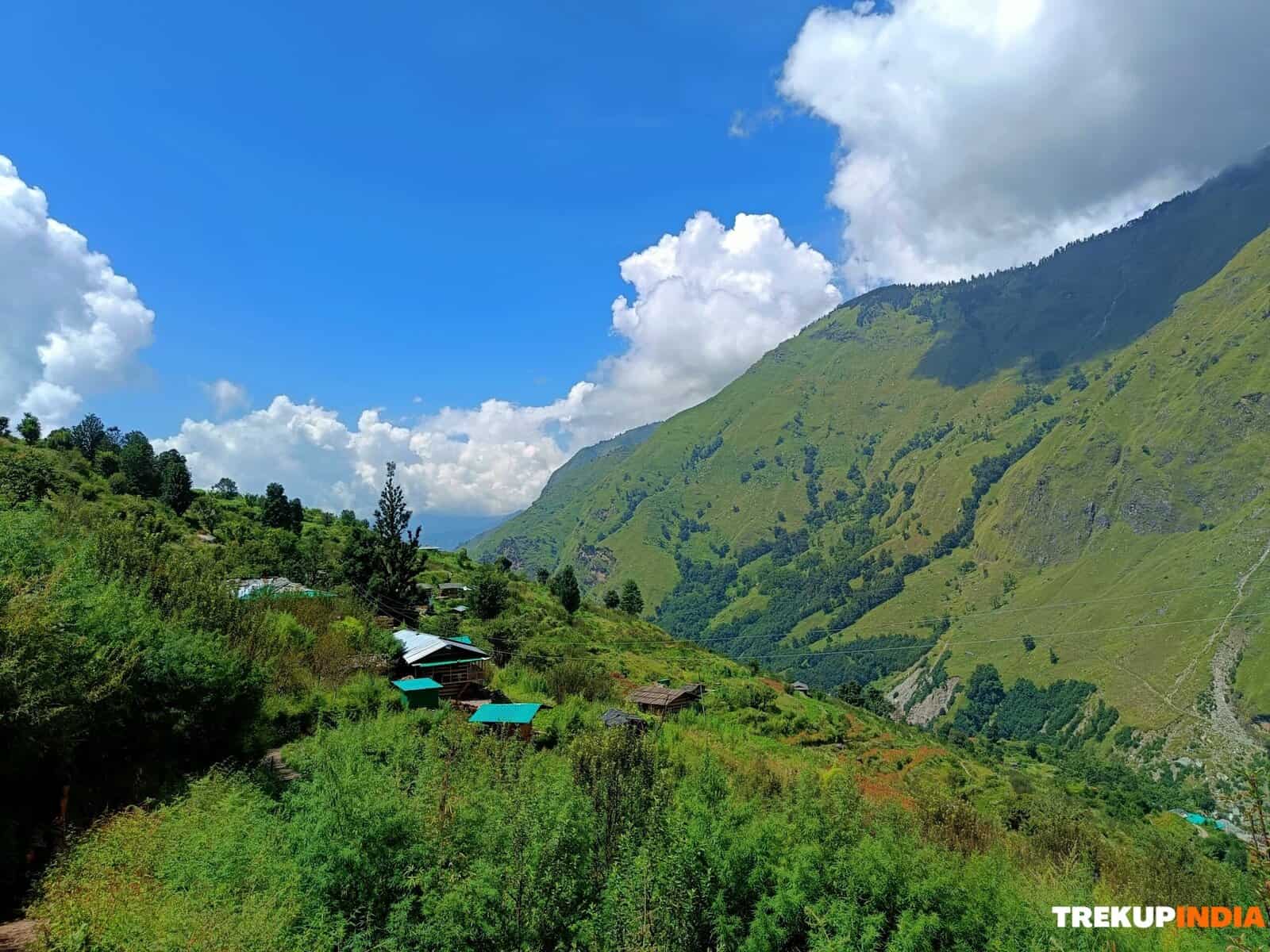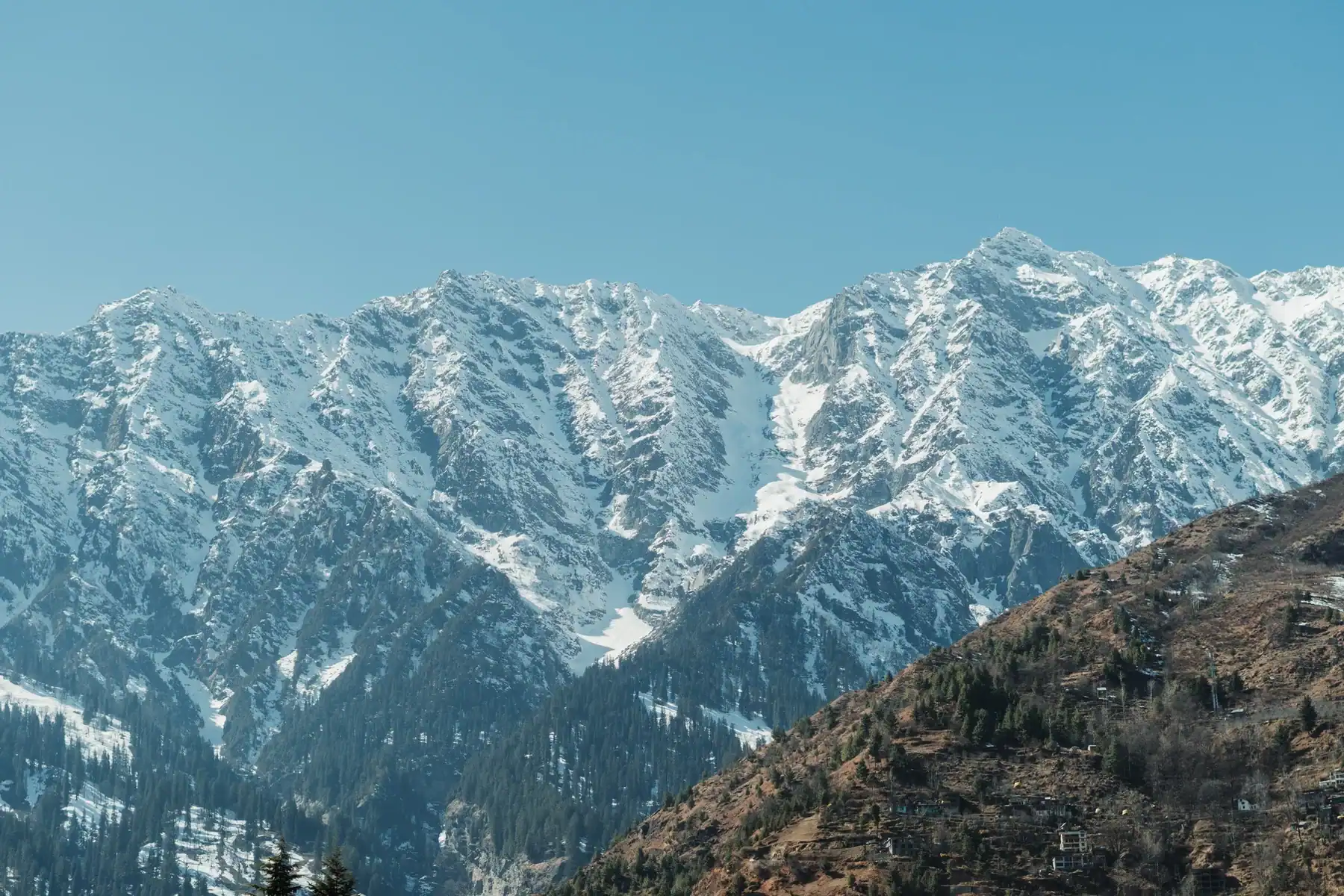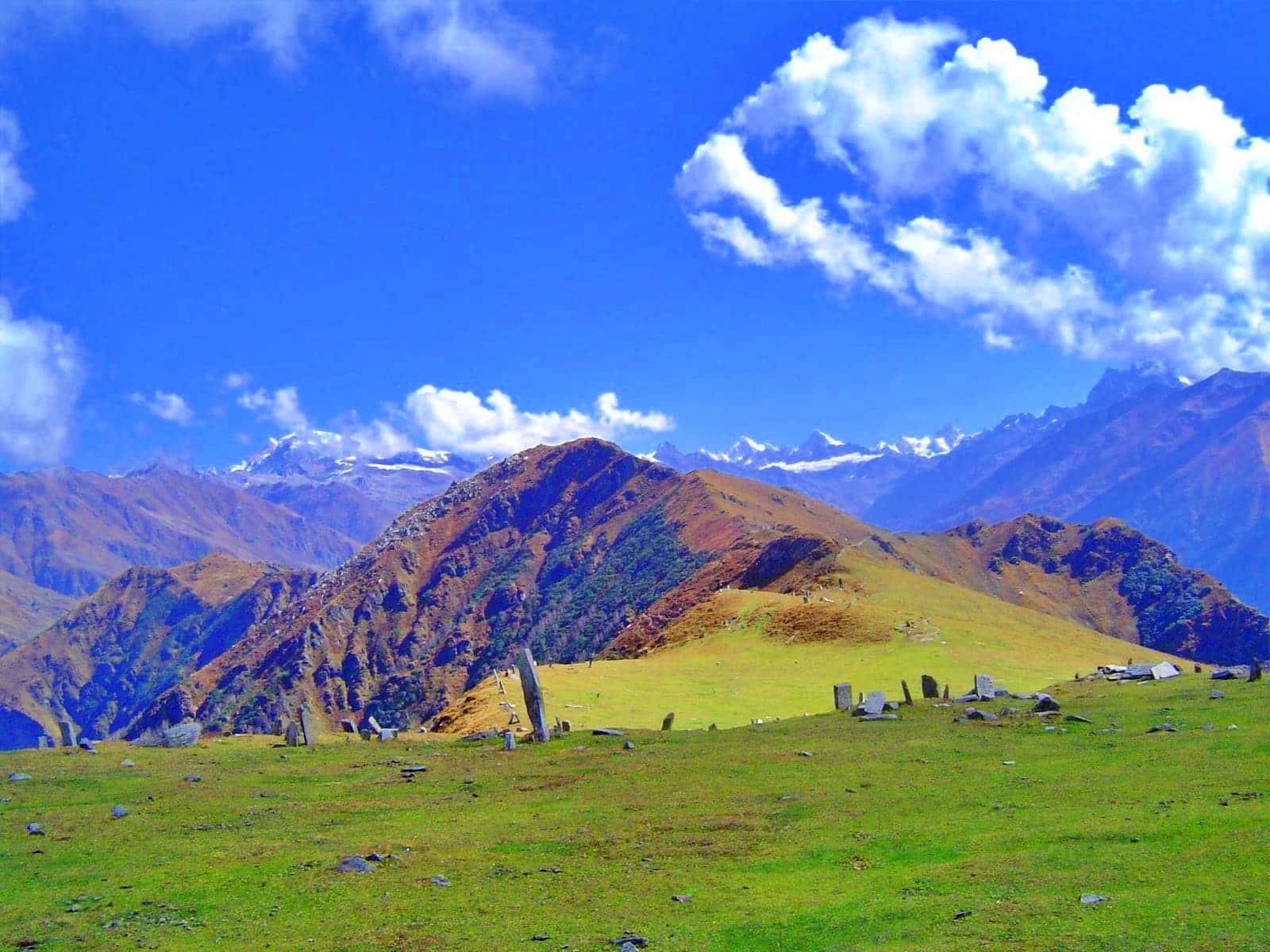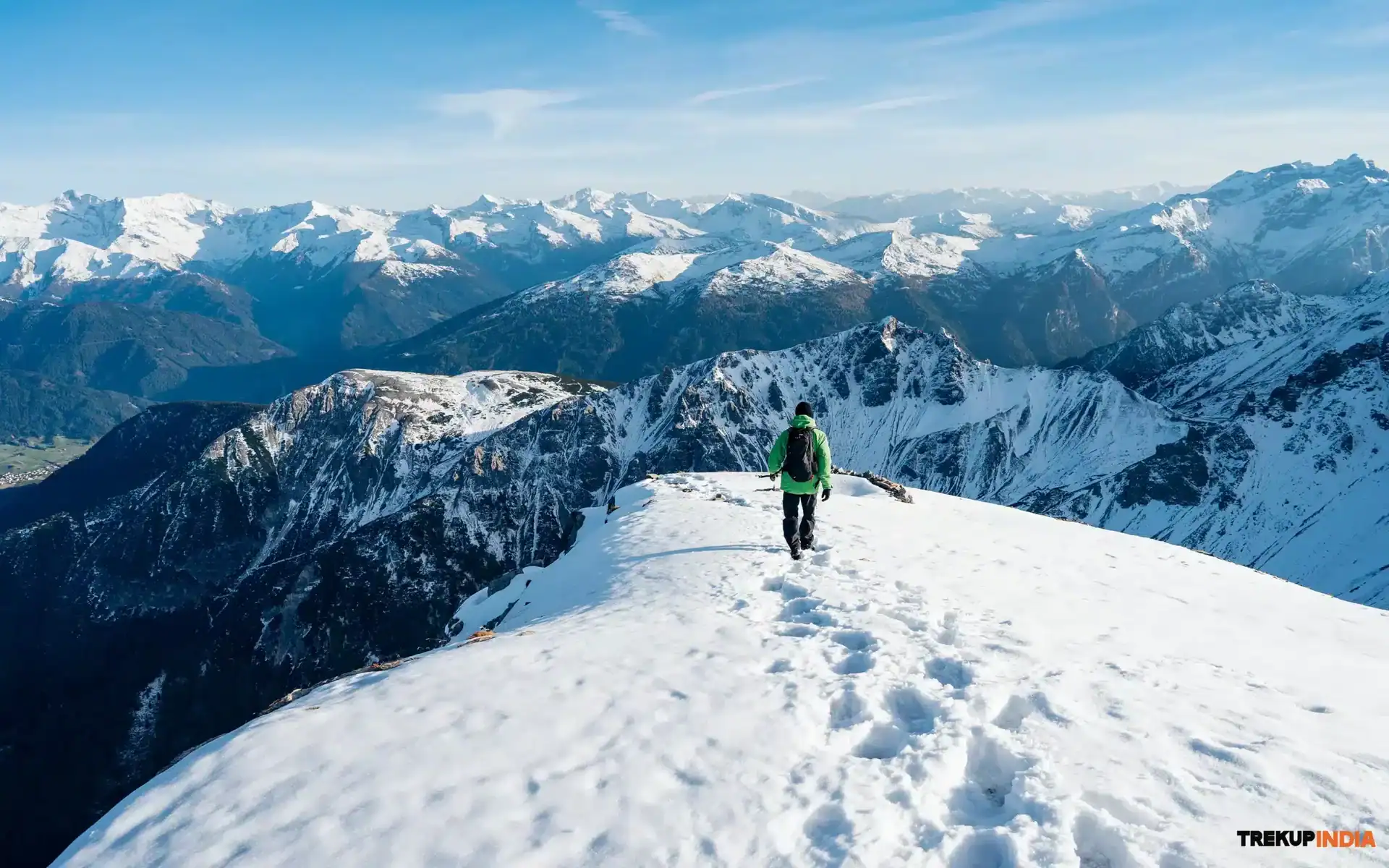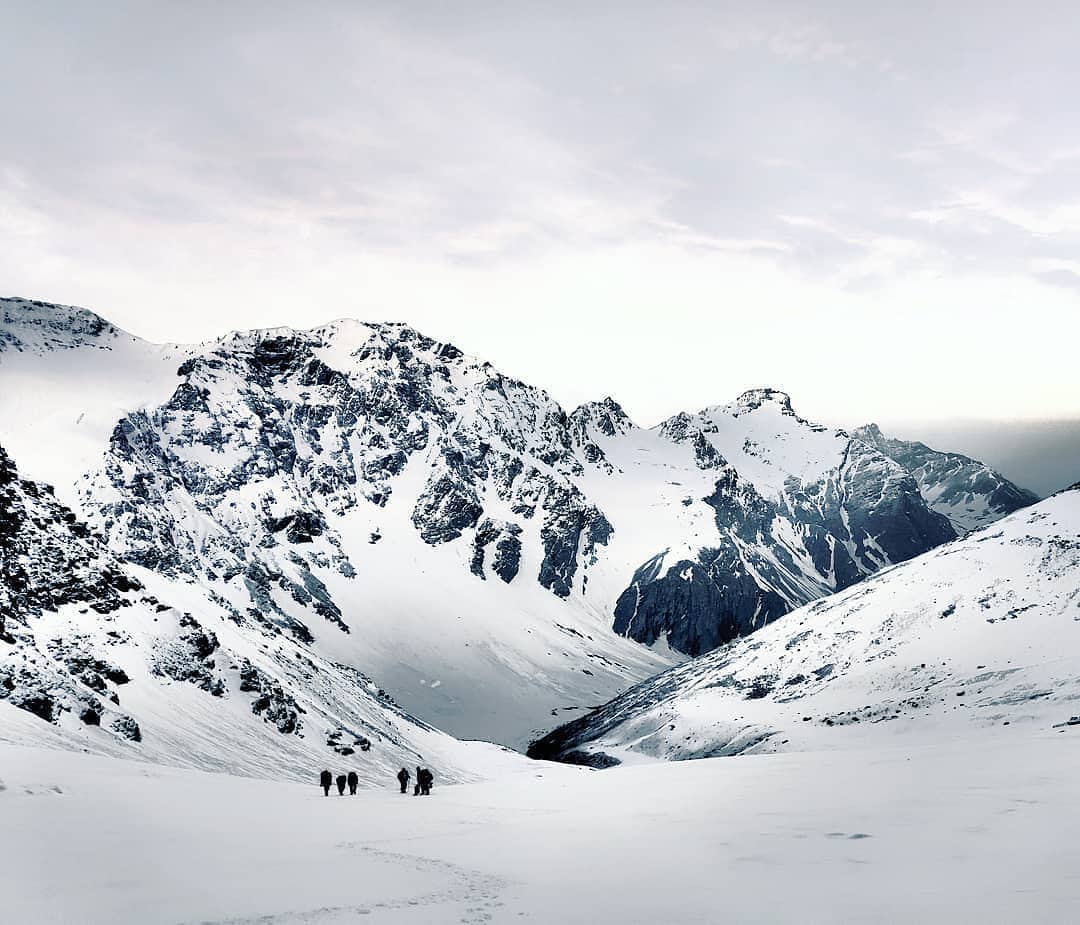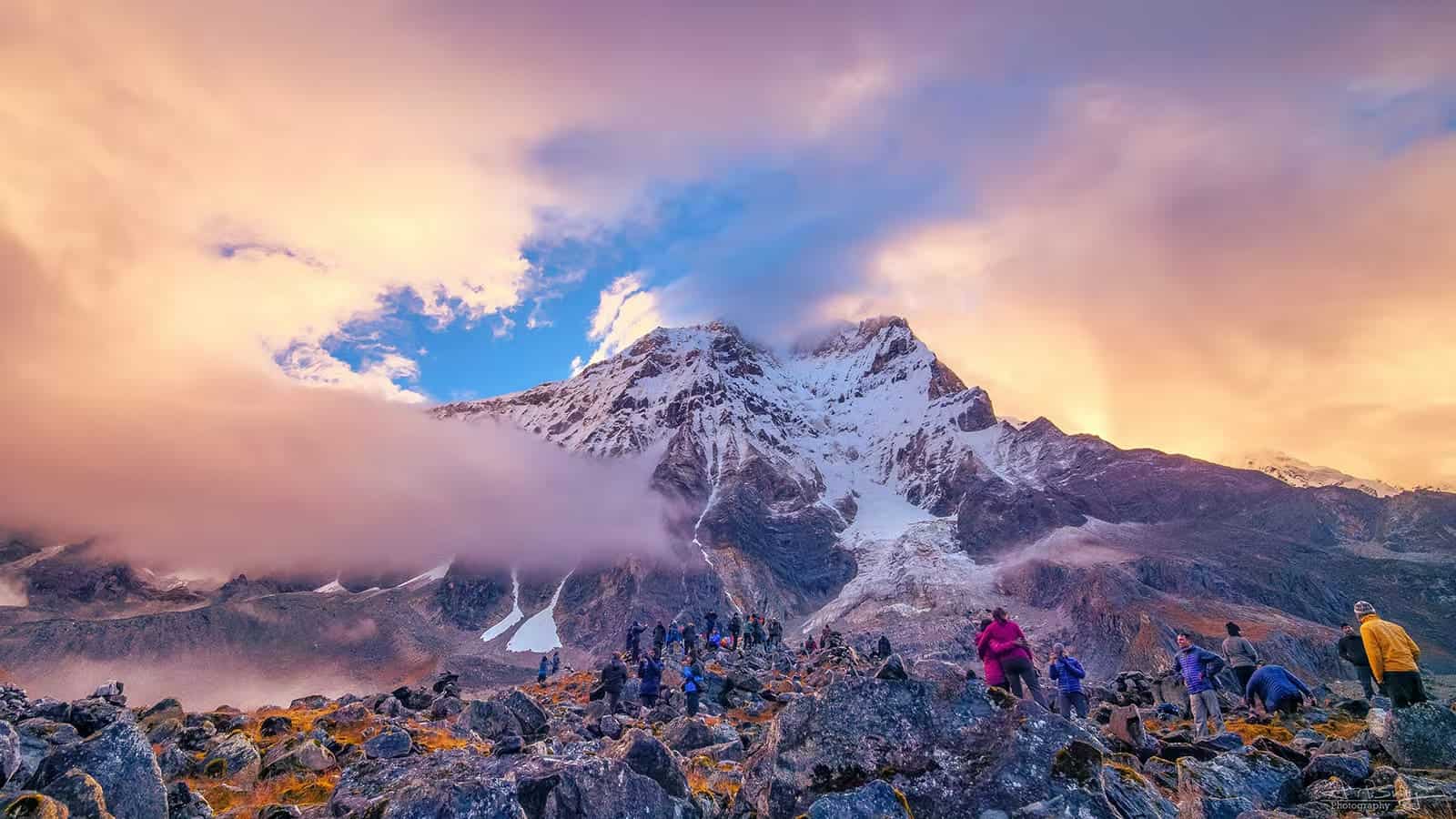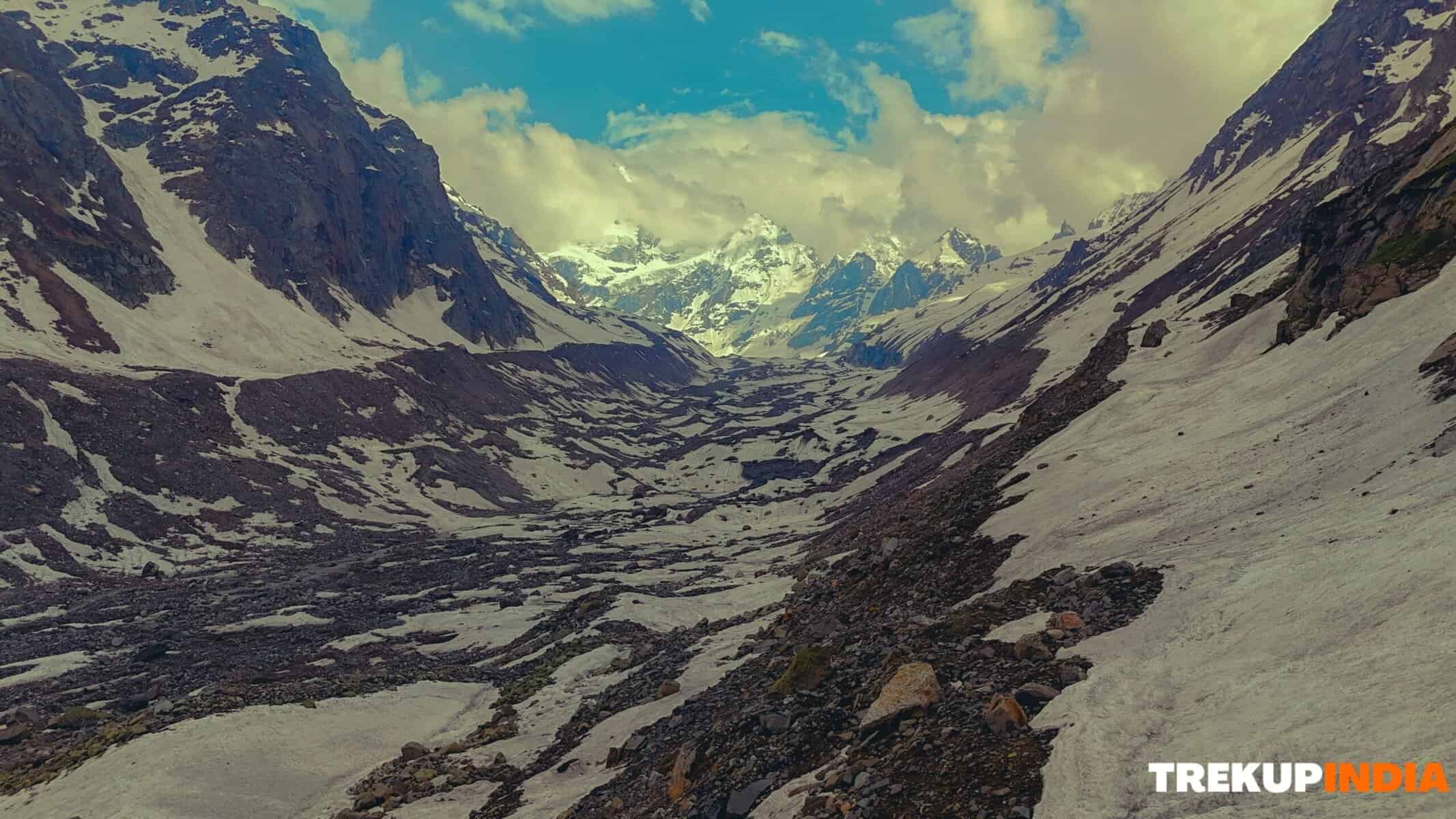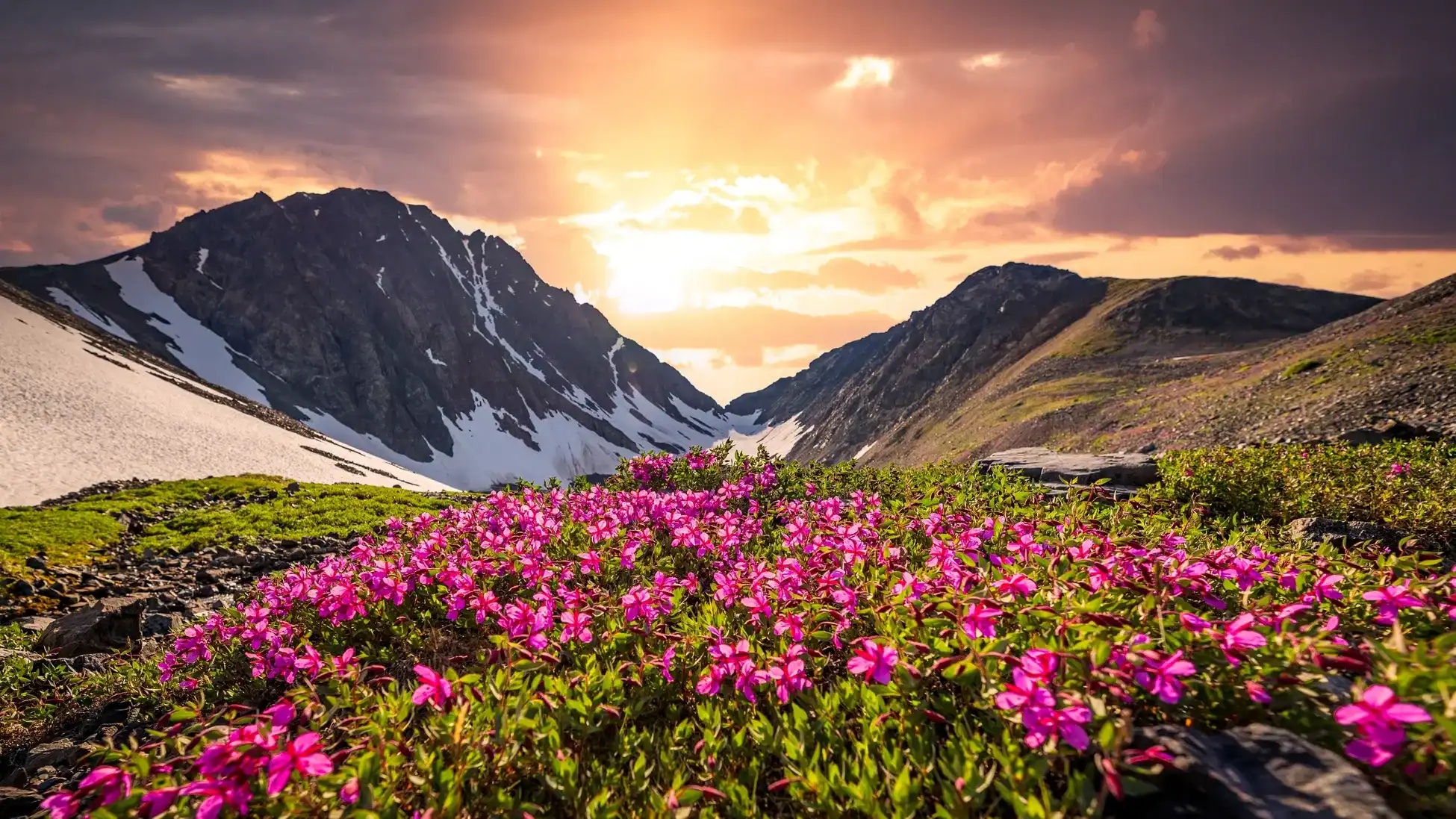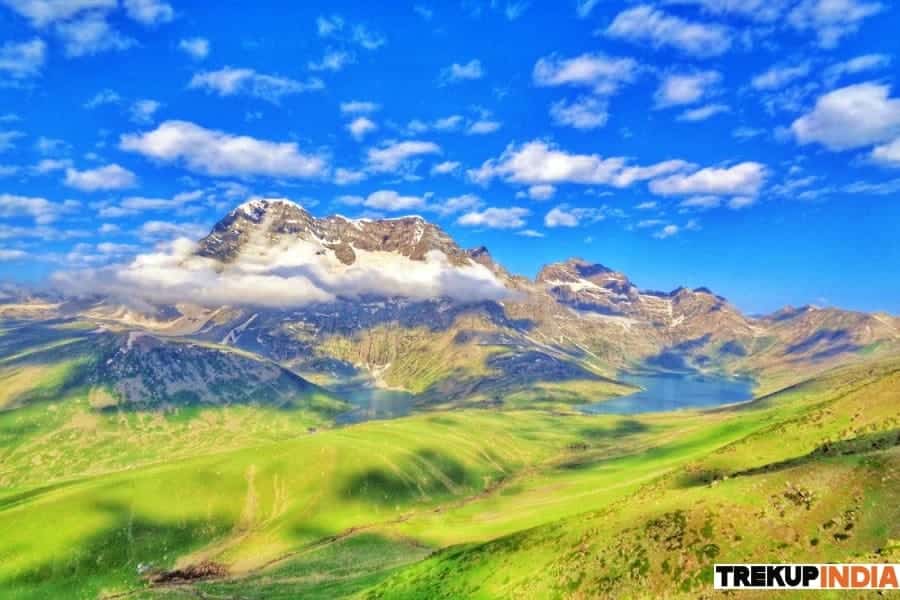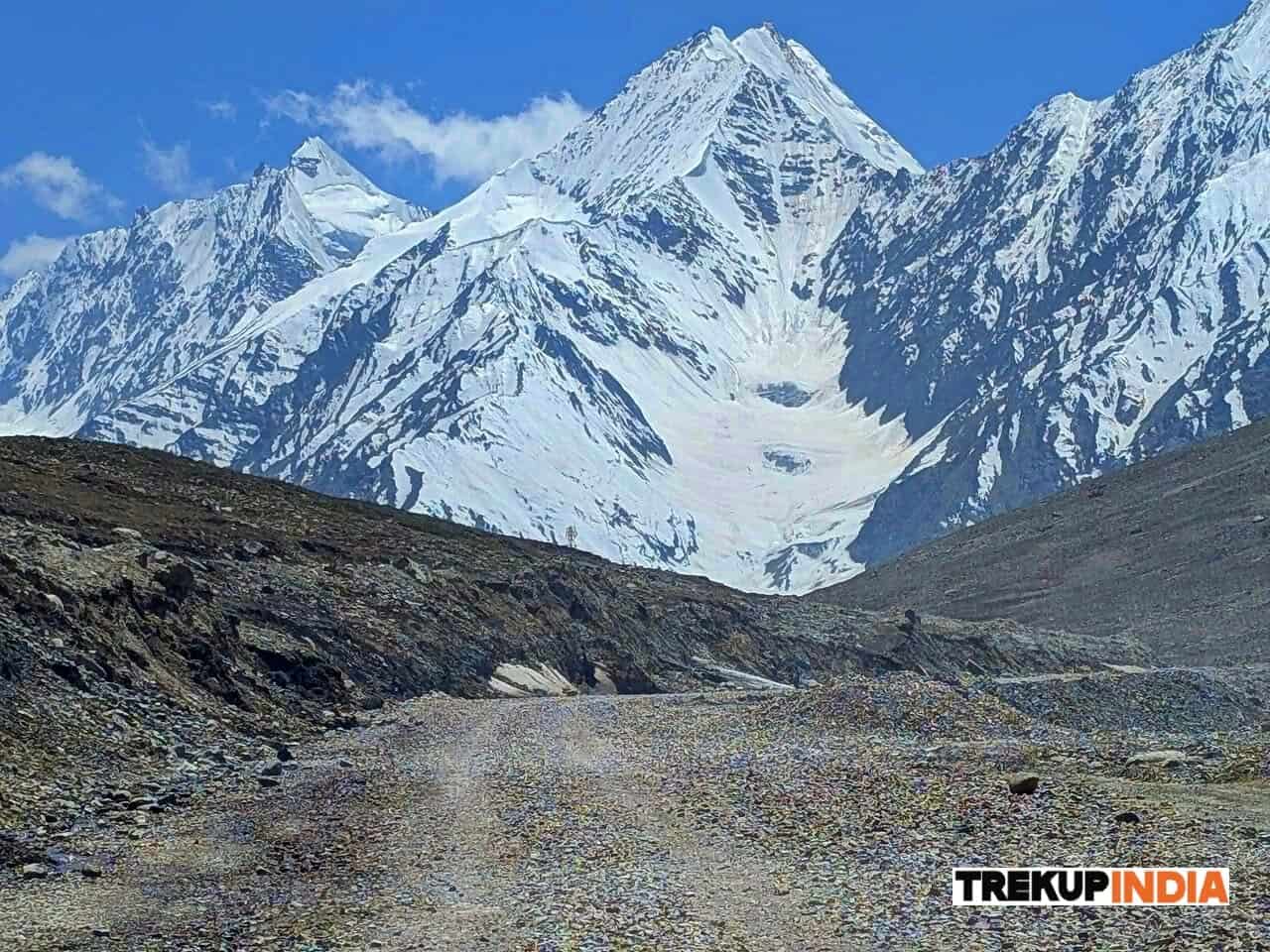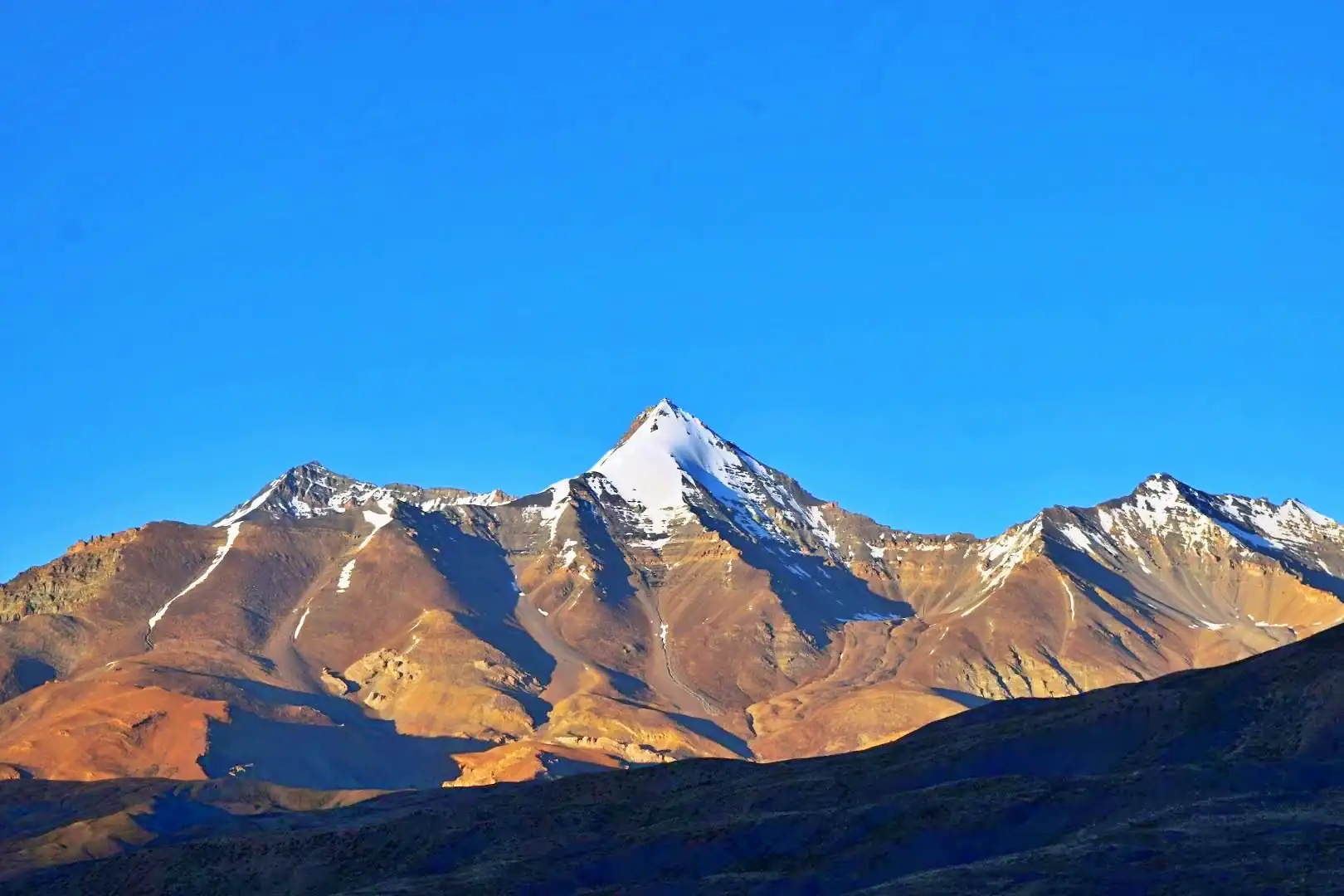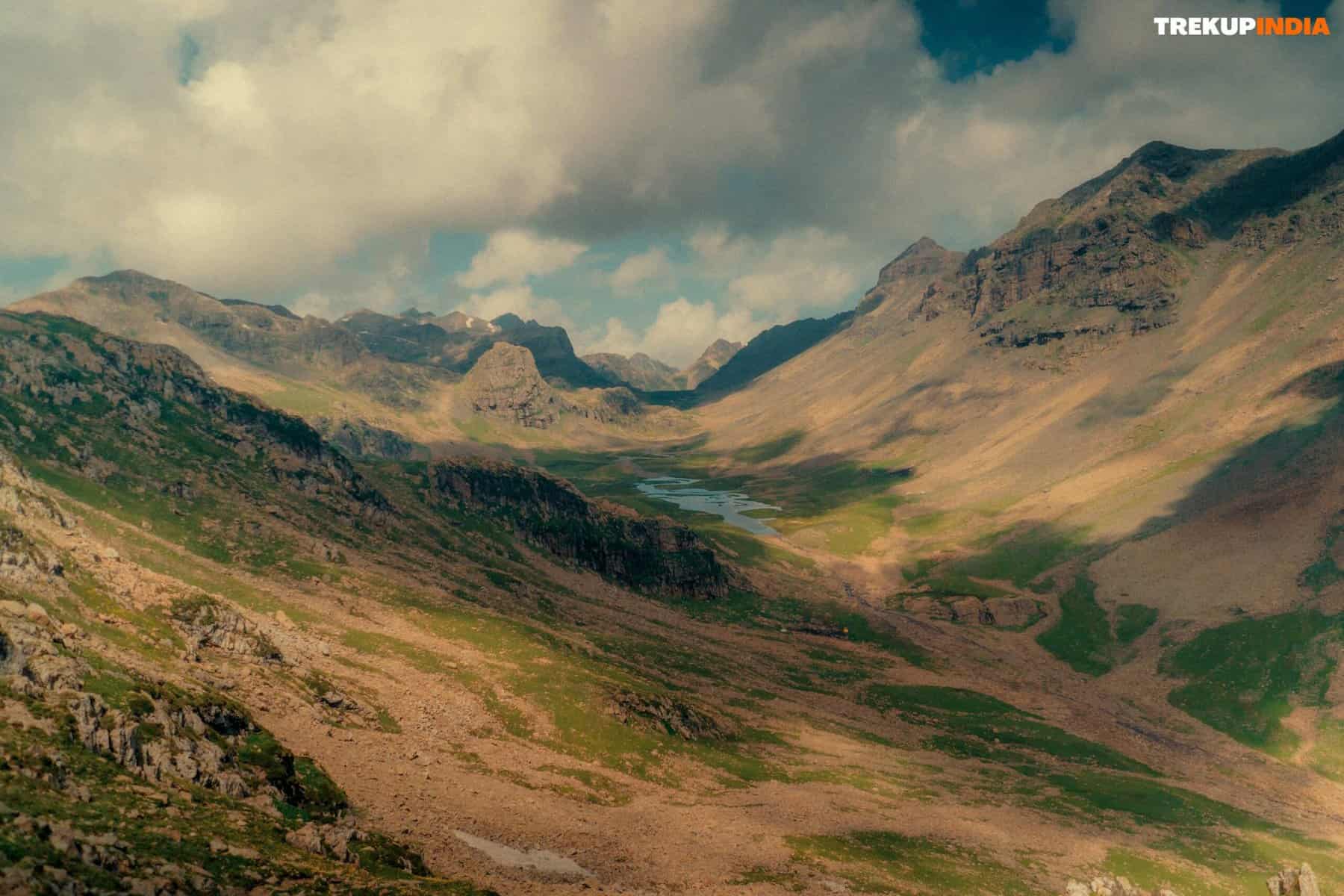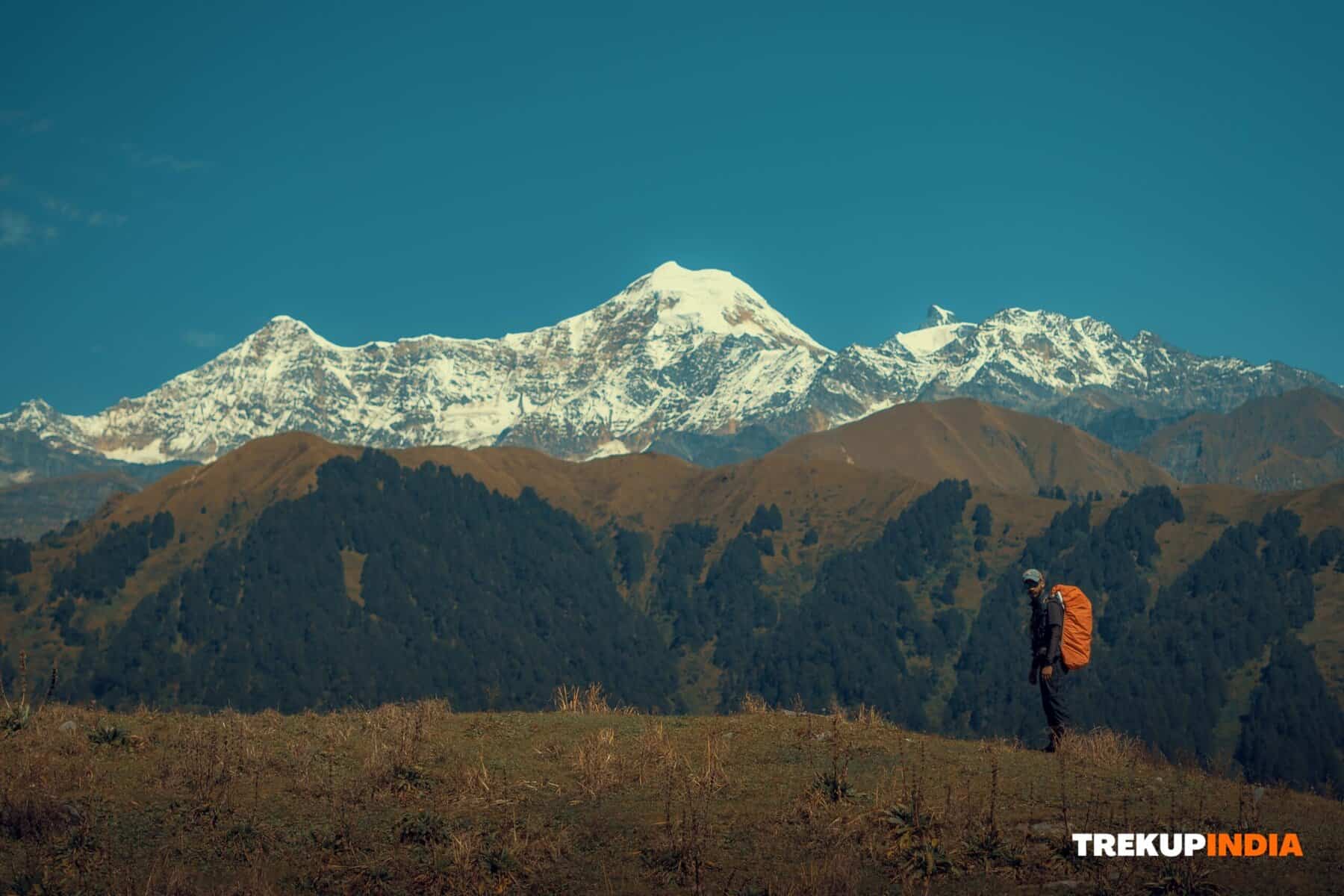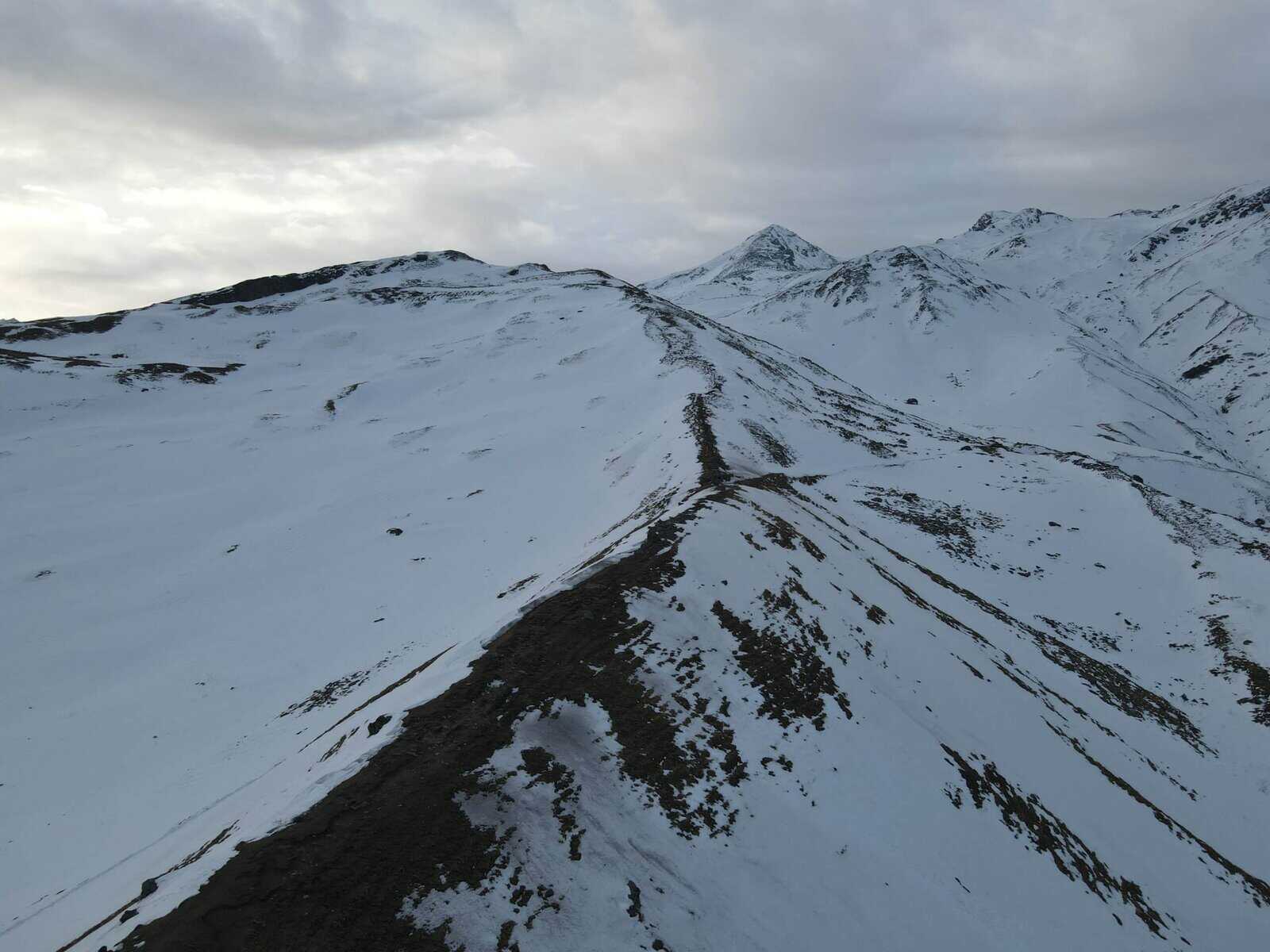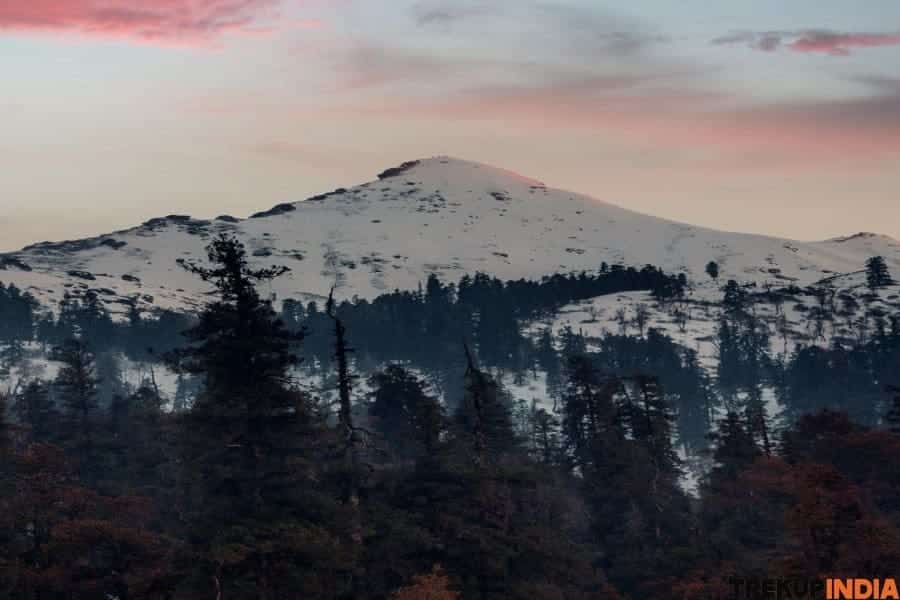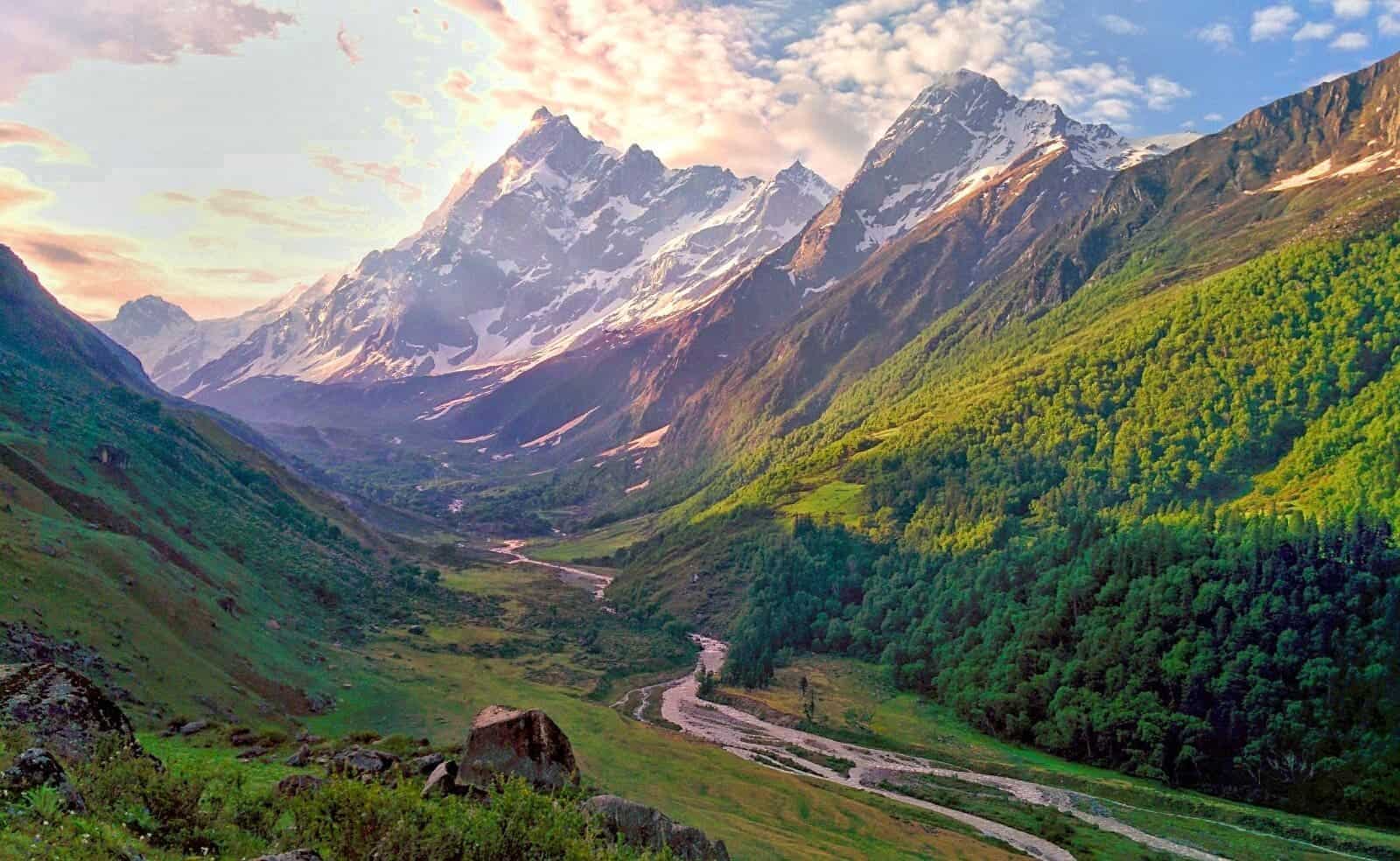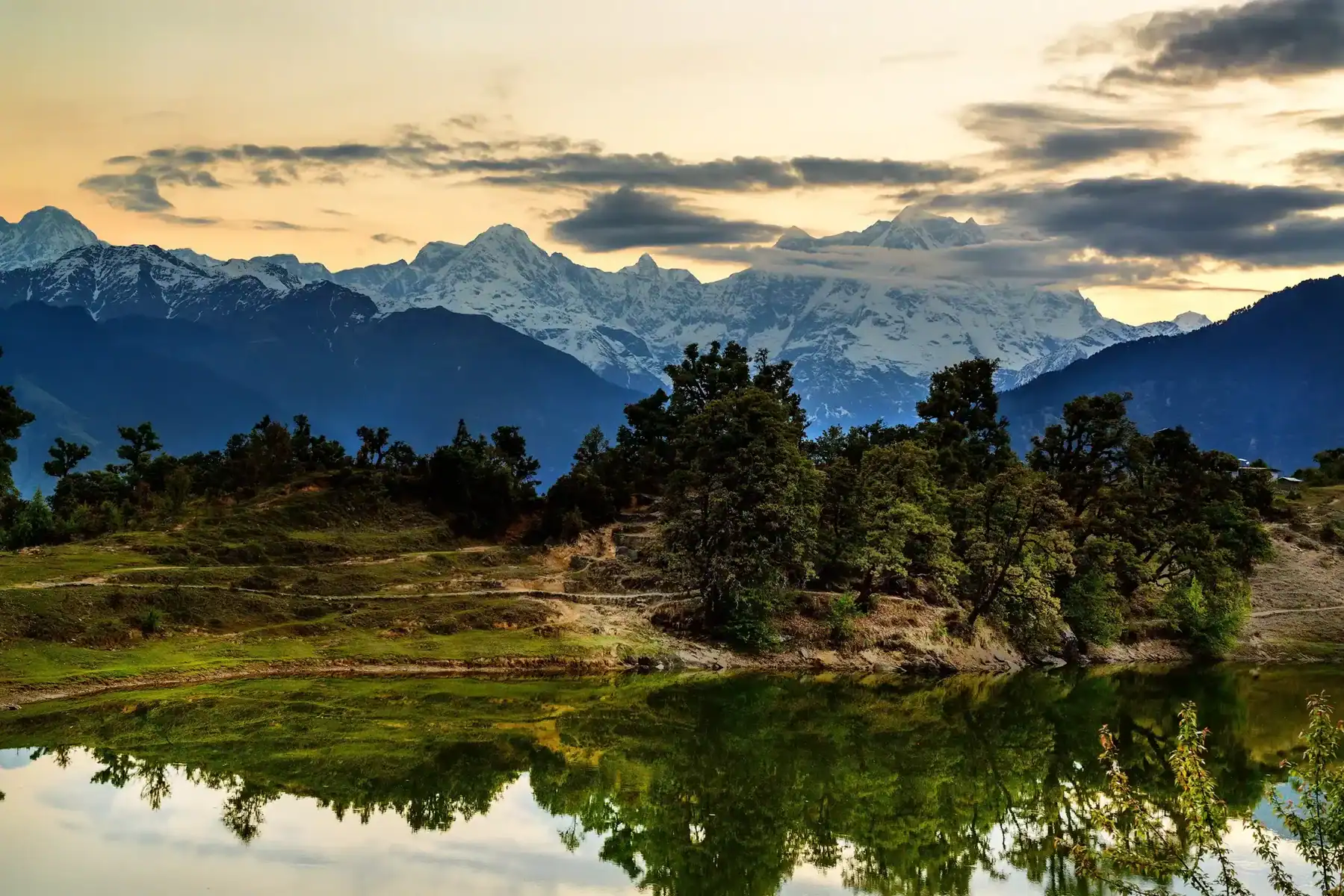Best Time to Trek Goecha La in Sikkim
Goecha La is one of India’s most breathtaking and exciting high-altitude treks, with unparalleled views of Mt. Kanchenjunga from its peak – the Mt. Everest of Earth! Located deep within Sikkim’s wild terrain, this trek attracts both avid trekkers and nature enthusiasts who appreciate its stunning beauty, abundant biodiversity, and peace-of-mind atmosphere.
For wanderlust-riding souls looking for some real adventure, nothing beats a Goecha La trek as an experience worth remembering. Sikkim, located between Tibet, Bhutan, and Nepal is an idyllic state located in India’s North Eastern Region and home to an abundance of flora and fauna including alpine meadows, glaciers and Kanchenjunga (third highest mountain in the world). When it comes to touring its landscapes tourists can discover magnificent monasteries, temples wildlife sanctuaries as well as several adventurous sports opportunities.
Know About Goecha La Trek (4,8876 meters).
Trekking Distance: 90 Km
Maximum Altitude: 4,8876 m Duration and Grading of Expedition: Moderate to Challenging
This trek starts in Yuksom and goes through Dzongri, Phedang, Thangsing and Goechala before culminating at Goechala summit. Along the way you’ll pass lush green farms, small streams and suspension bridges; and get to enjoy an overnight camp night under glittery stars and moonlight.
Are You Wondering when is the Best Time for Goecha La Trekking?
As with the plains, high-altitude climatic conditions differ and change frequently, so it is wise to choose an ideal time and date for trekking the Goecha La. Notably, no specific season should be chosen as each offers something new for trekkers to discover during their experience; therefore, plan your trek specifically around what suits you with our extensive breakdown of Goecha La trekking seasons:
Temperature Table, March to May (11-19 degrees during daytime, and 2-10 degrees at night). July-August (15-22) (Average of 15-19- and 7-1-degree ranges during the day and night, respectively).
September to November: Daytime temperatures range between 6 °C to 12 °C; night-time lows can fall to 5 °C to -3 °C. From December through February, average daily high temperatures average 4 °C and night-time lows can drop as far as 5 degrees Celsius or lower.
Here Is How Different Seasons Bring Their Delectable Flavors and Colors
Summer
Goecha La witnesses snowmelt each summer, leading to flowers blossoming throughout its valleys, and is home to various indigenous species such as Eurasian tree sparrow, pied bush chat, and green-tailed sunbird, among many others. One can often hear melodious bird calls echoing through its valley. Additionally, summer months provide excellent opportunities to visit Kanchenjunga National Park, where rare Himalayan endangered species such as musk deer, red panda, and blue sheep can be viewed. Furthermore, lower altitude spots offer many more attractions than those covered in layers of snow at higher altitude spots! During this season, days are bright and sunny while nights can become very chilly; rain is likely throughout the year.
Monsoon
Trekking should generally be avoided during monsoon season due to increased chances of landslides in hilly areas. As south-west monsoon approaches Sikkim, trekking becomes difficult due to moderate rainfall that makes treks very slick, loss of mud slopes due to rainwater running off, landslides blocking transportation activities as well as mist giving mountains a magical look during morning hours.
Dense forests increase your risk of mosquito breeding and creepy crawlers such as leeches; therefore, avoid undertaking the Goecha La trek during monsoon season.
Autumn
Start trekking adventures in India during the monsoon season to experience clear vistas of picturesque mountains and breathtaking peaks, and experience Goecha La at its most breathtaking. Watch as monsoon rains wash away all dirt and dust from its hills, as the sunrise paints an orange glow over all. Take pictures of snow-clad mountains like Kanchenjunga, Pandin, Tien Chenkhang, Koktang, and Jopuno with your camera to bring back to life in crystal-clear detail. In comparison to other seasons, trekking during spring can be less strenuous as you can breathe easily while relaxing into the cool breeze and rejuvenating yourself in nature’s presence. Weather conditions remain pleasant throughout an expedition, but rainfall remains possible.
Winter
Winter trekking adds extra challenges, making expeditions even more daunting. Trekkers need professional equipment such as hiking boots, poles and trekking gear as their path becomes covered with heavy snowfall. In addition, prior trekking experience and physical conditioning training is imperative before setting out on any winter trek – otherwise breathing difficulties and allergies could arise which hinder progress along the trek.
Undoubtedly, traversing an obstacle-laden course filled with frozen streams, snow-laden slopes, slippery surfaces, and wintry grasses is no simple task.
Do Not Forget Essential Trekking Equipment!
As far as equipment goes, here’s some final advice from us: _Woollen socks/Thermal innerwear/Gloves Whilst torches or whistles may also be needed (camera), sunglasses with sunscreen lotion for the face/Toiletries as well as toiletries may also come in handy, with first aid kits/water bottles/Swiss knives providing essential support as needed. Research your fitness levels before embarking on the trek; don’t try to compete with fellow trekkers; set your own pace; greet locals and gather as much information about their lifestyle as possible. Respect mountains, fellow trekkers, and trekking staff. Finally, be sure to bring along a camera and capture as many memories as possible with every picture. The Goecha La trek is a feast for both eyes and mind. Winter visitors will experience harsh climate conditions with snowfall; summer visitors can capture breathtaking images of lush flora and fauna, while autumn allows visitors to witness crystal clear views of alpine mountains with the naked eye. So, put aside your fears and enjoy this exquisite yet challenging trek that offers nature at its finest.
About Author
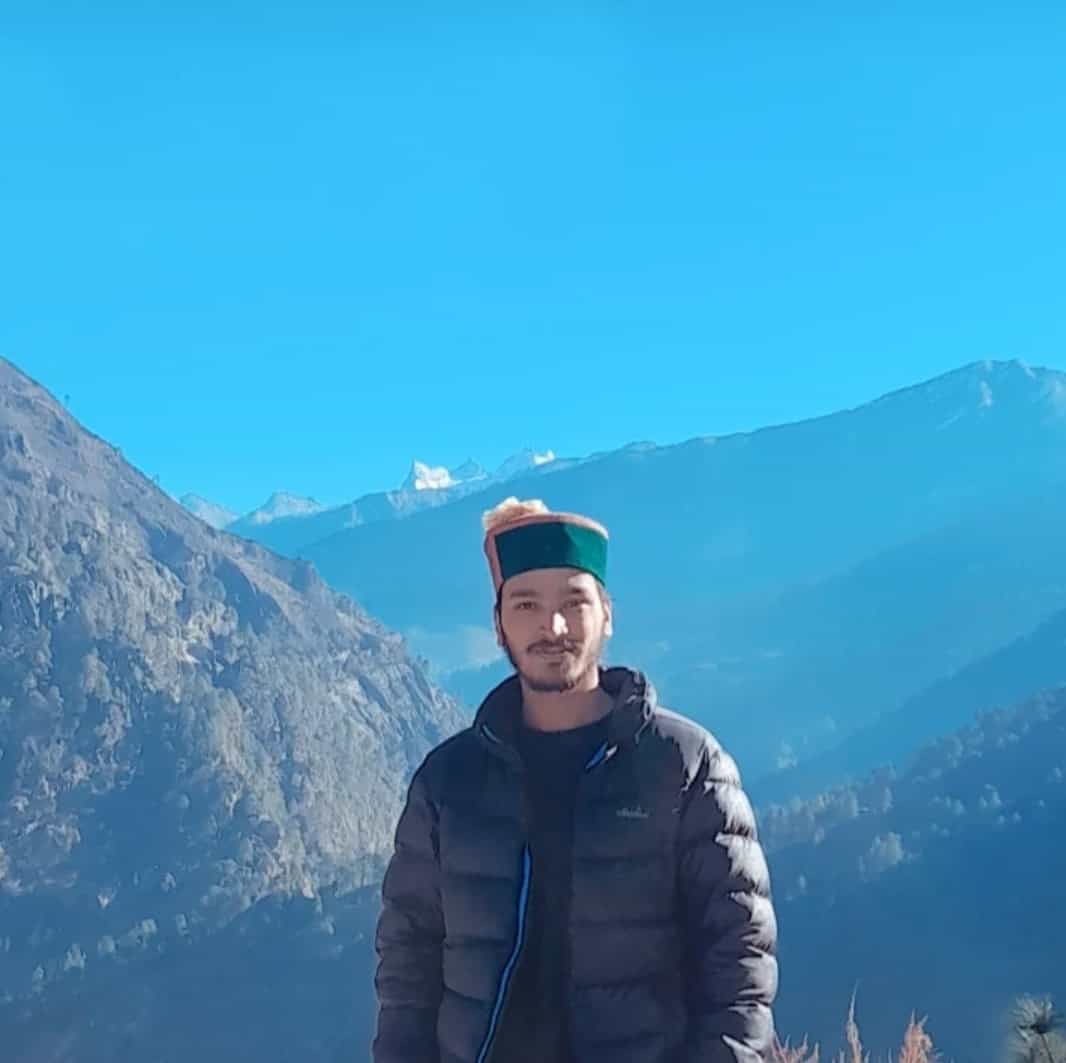
Anoop Rawat (Admin TrekUp India)
Anoop has worked for 5 years as a Trek Leader with TrekUpIndia, leading numerous treks across the diverse and challenging terrains of Uttarakhand and Himachal Pradesh. He holds a degree in Geology with a specialization in Geographic Information Systems (GIS) from UPES Dehradun. During his academic years, he actively applied his classroom knowledge in the field—most notably by contributing to a glacier research project on the Jundar Glacier in the Har Ki Dun Valley, Uttarakhand. Write Anoop at anoop@trekupindia.com
Share this article
Dates For Upcoming Treks
Want To Trek Like Pro?
Basically, watch these videos if you want to trek the same way professional trekkers do and make your skills better. These videos contain useful tips and techniques to further improve your trekking skills itself. These videos actually help both new and experienced trekkers improve their trekking skills. These videos definitely provide useful tips that make your trek better. We are seeing that these videos by Trekup India experts will only help you make your trekking skills better.
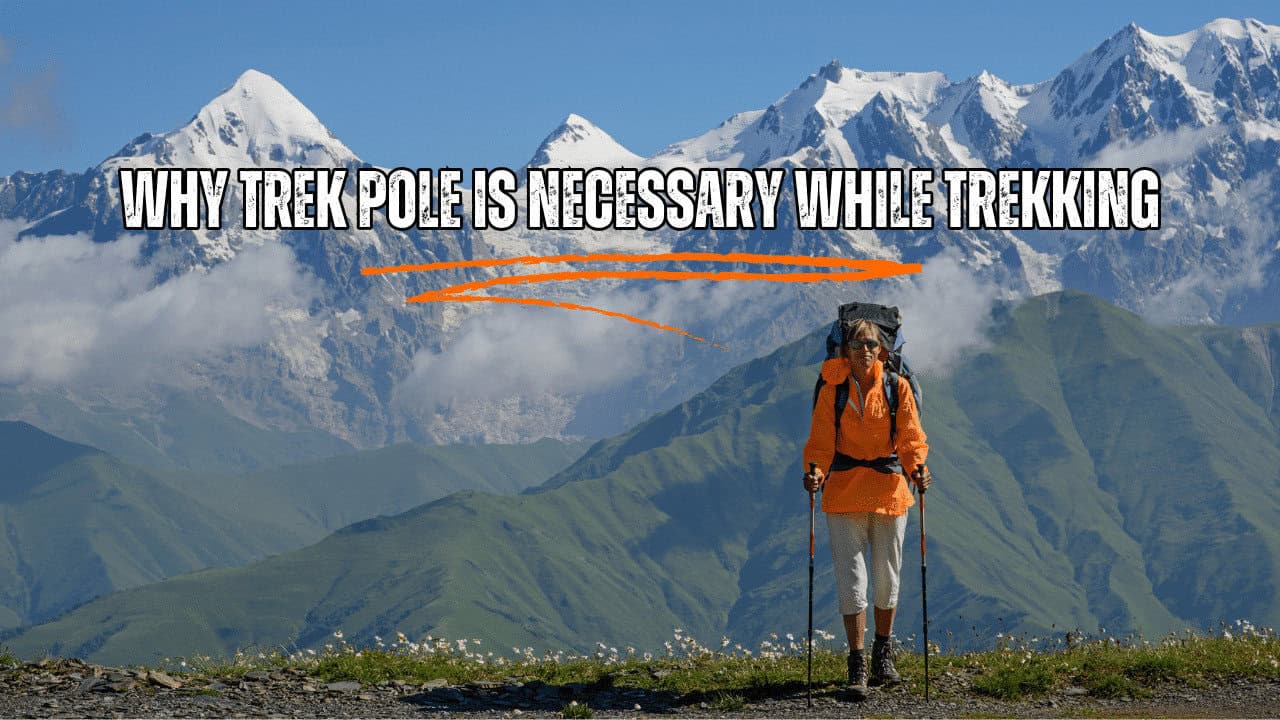
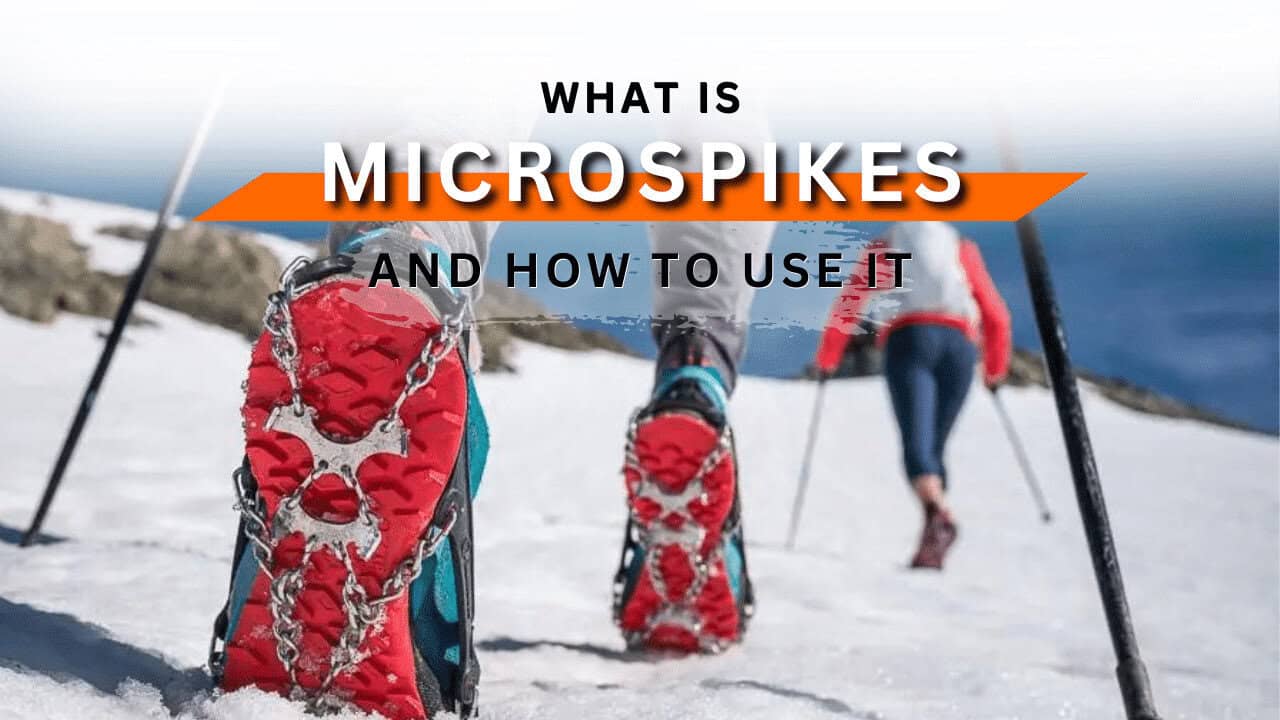

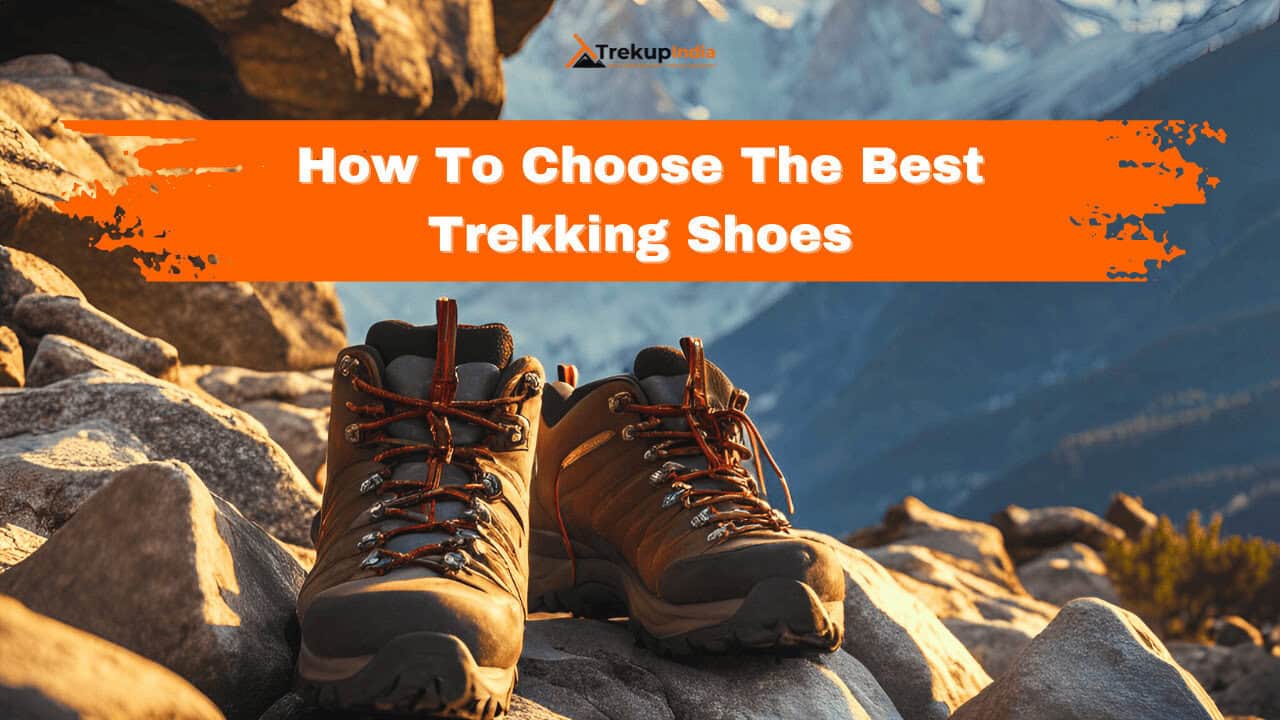
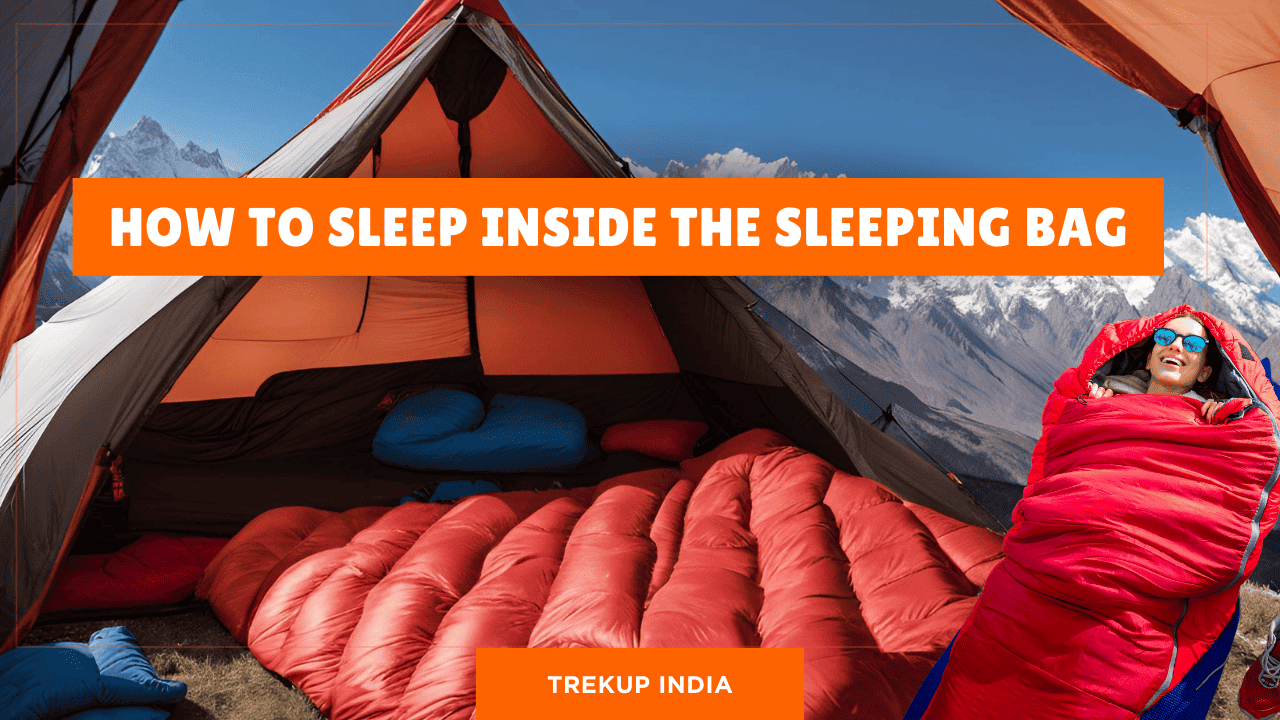
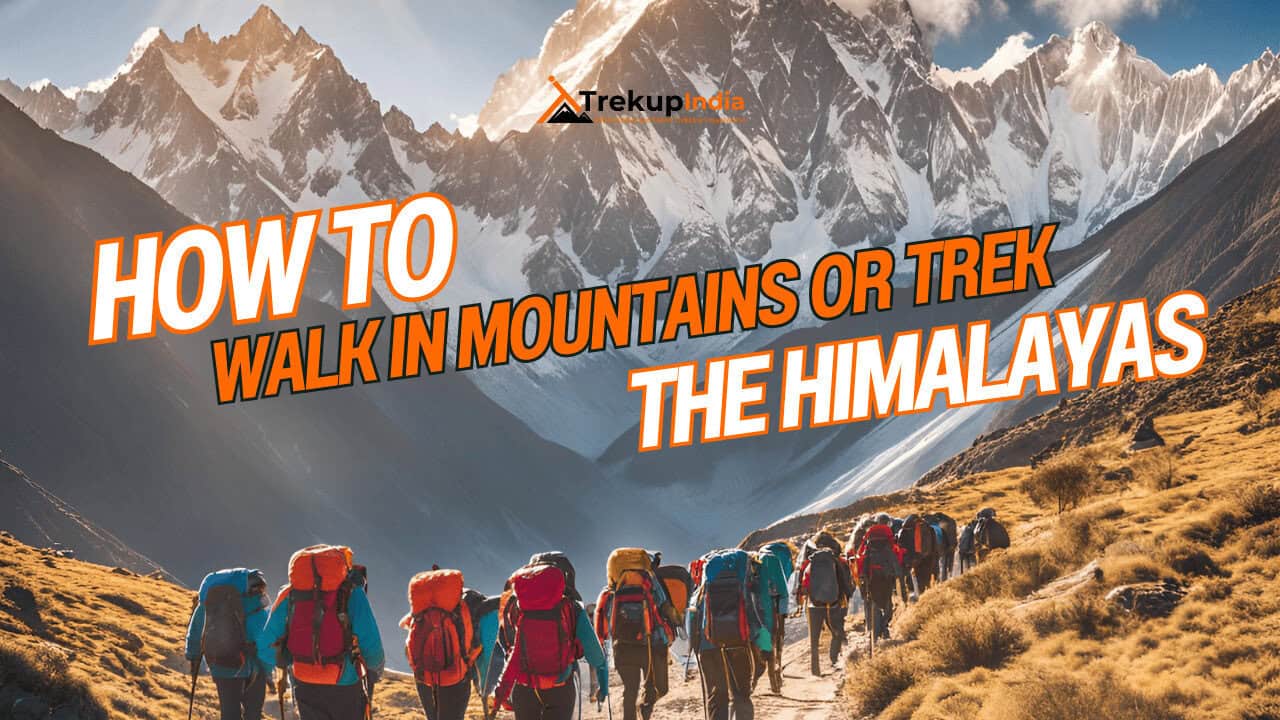

Know Everything About Acute Mountain Sickness
Acute Mountain Sickness occurs when people trek to high altitudes above 8,000 feet. This condition itself develops further due to reduced oxygen levels at such heights. Basically, as you go higher up, the air pressure and oxygen levels decrease, which causes the same problem. Acute Mountain Sickness surely causes headache, nausea, vomiting, and dizziness in affected persons. Moreover, peoples also experience difficulty in sleeping during this condition. To avoid mountain sickness, you should actually trek up slowly to higher altitudes. To learn further about this condition itself, watch the videos by Trekup India.
